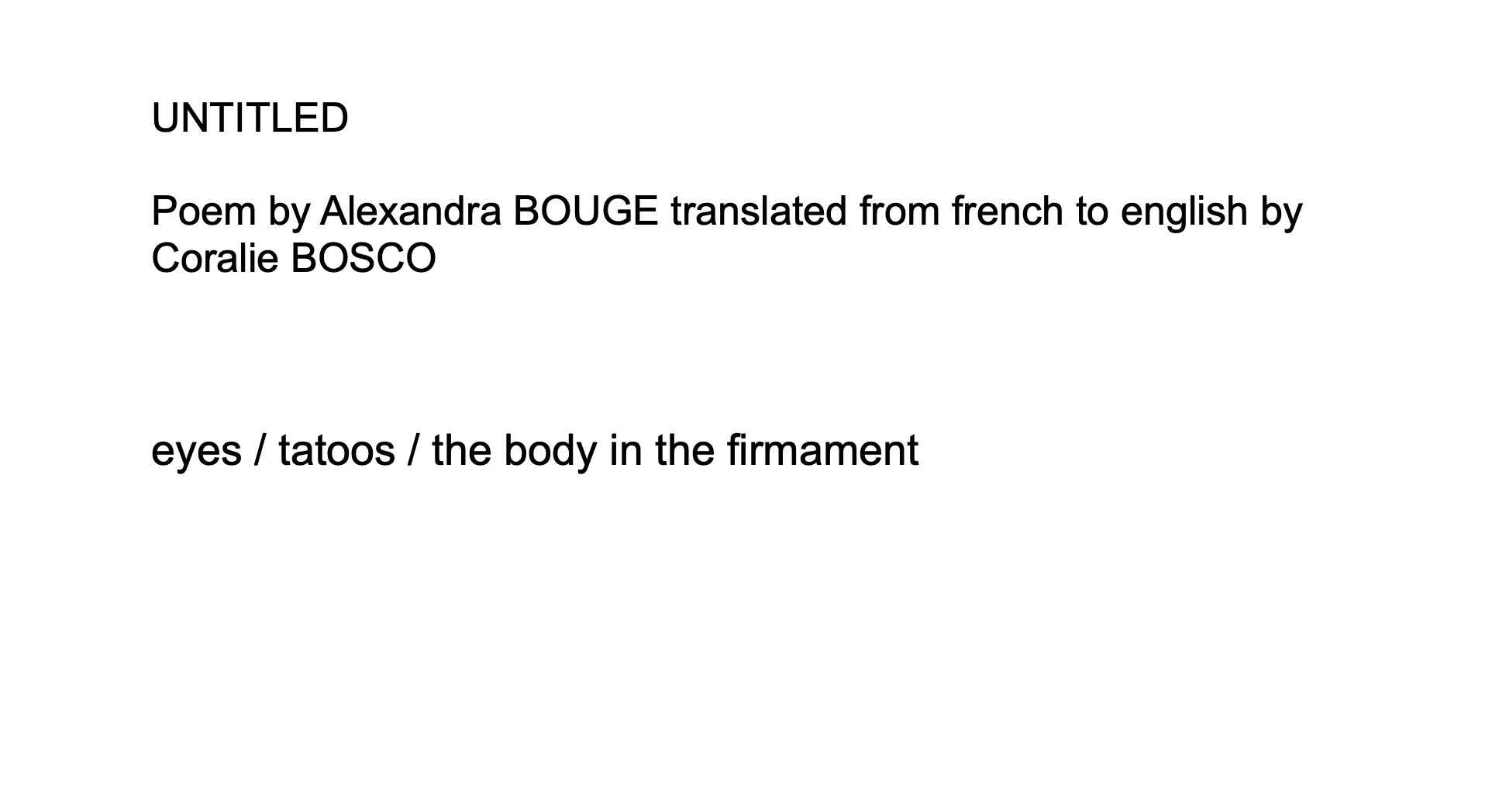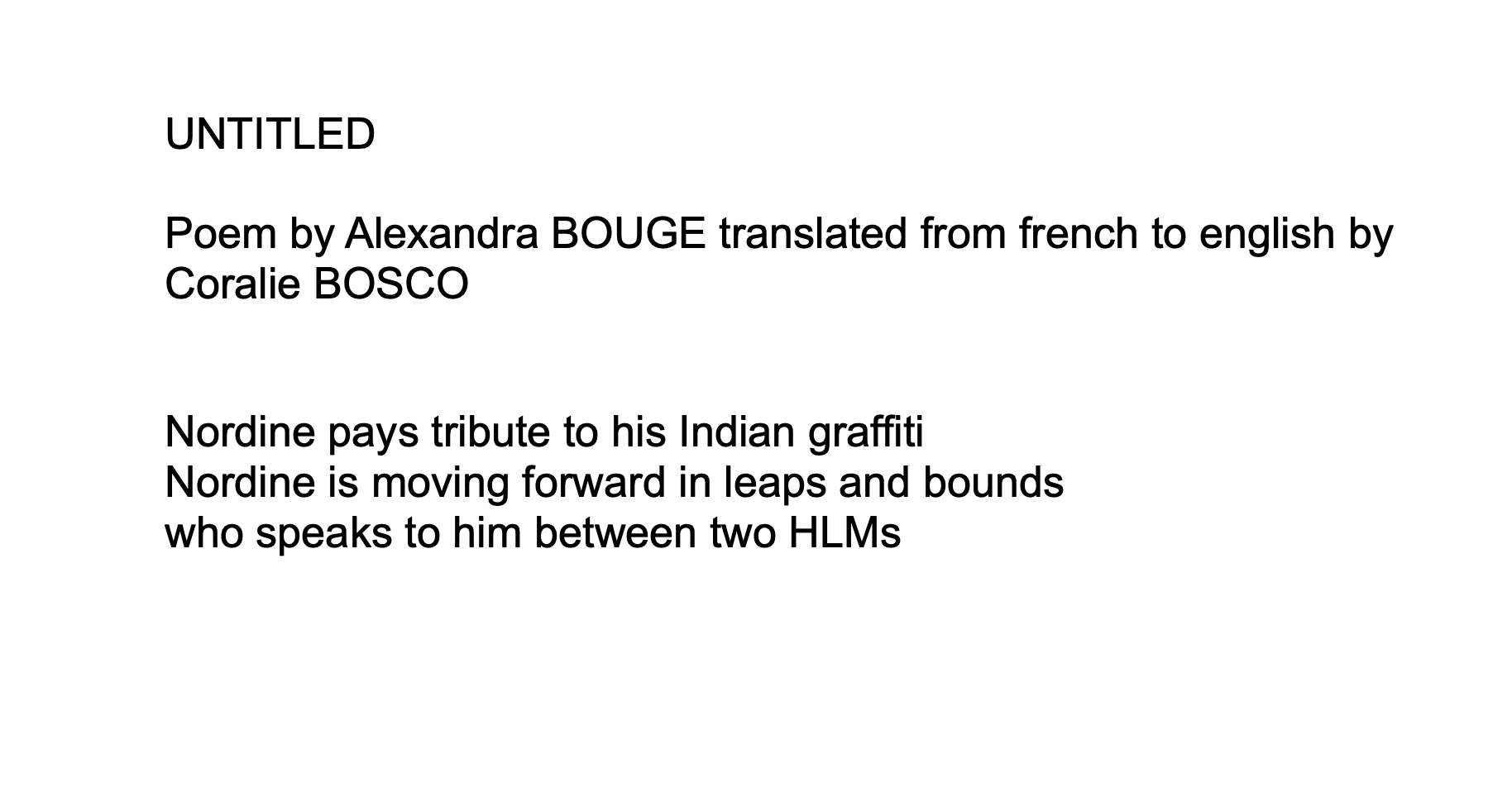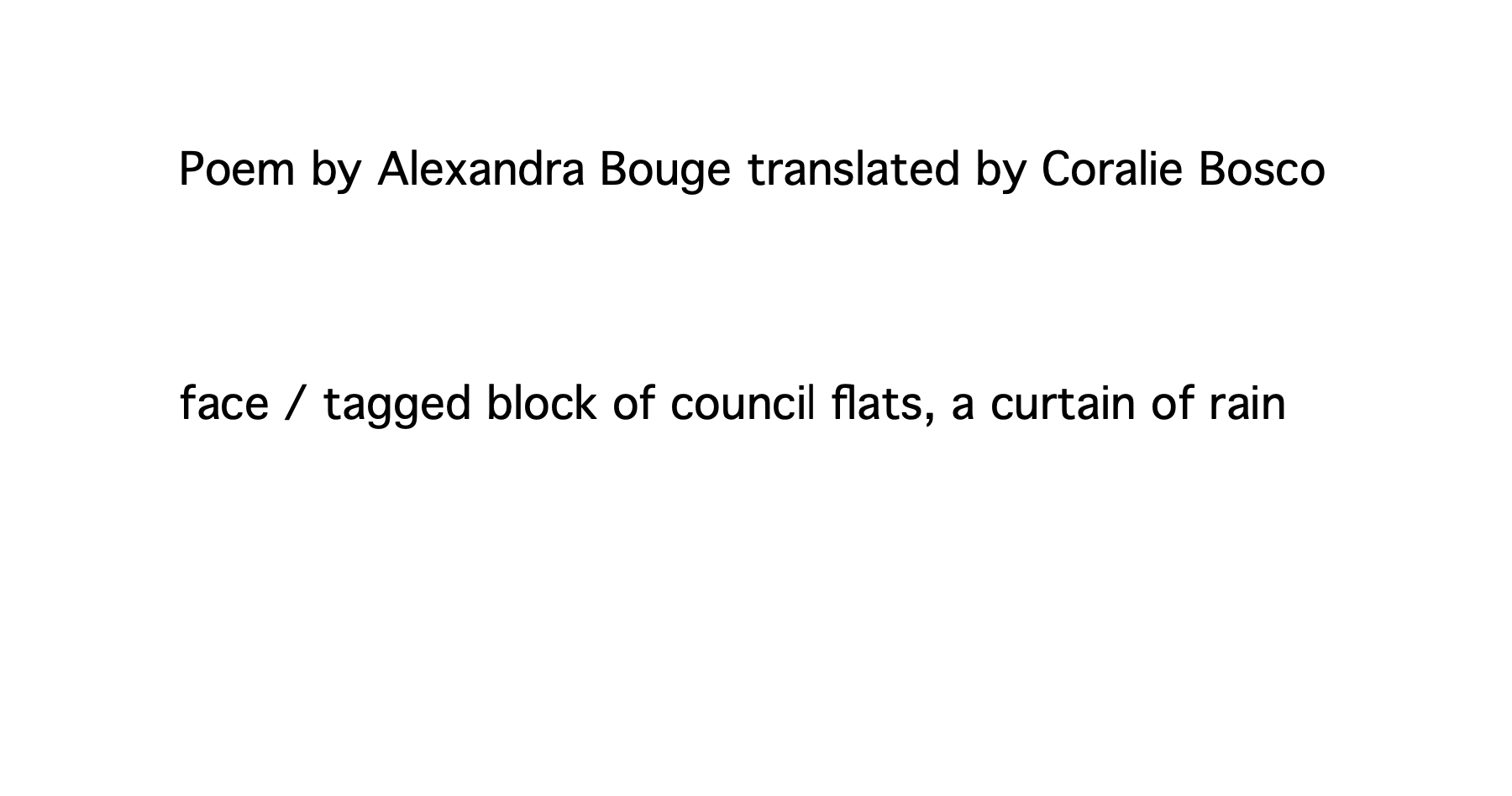This month our art theme is connections and surfaces, the writer’s corner is more open, but we do have many that do use the current theme…
In the words of Colin Neenan, "Life just seems so full of connections. Most of the time we don't even pay attention to the depth of life. We only see flat surfaces." This poignant observation serves as the guiding thread through our contemplative journey, where we delve into the profound nature of connections and the often-overlooked intricacies that lie beneath the surface.
As you wander through this zine of art and text consider the profound impact of connections, starting with the simplicity of objects aligning and their surfaces touching. When elements align in our lives, do we merely witness a fleeting encounter, or does it provoke a deeper response? Does it trigger a seismic shift, altering the course of our existence, or does it elicit a metaphorical nod—a quiet acknowledgment that life, in its essence, is a continuous series of encounters, a rubbing against the multitude of events, objects, and experiences that define our being?
>>>>>>>>>>>>>>>>><<<<<<<<<<<<<<<<<<<<<<<
Artist Name - Nichola Rodgers - contact - www.nicholarodgers.com - @nichoalrodgers.artist
Foraging as an artist’s medium to connect and explore the symbiosis of earth, body & mind.
Our connections to Nautre through the arts and womanhood are a unique thing that isn’t explored enough and is something that might help us heal our lost connections with the earth and each other.
In a world where the pace of life seems to accelerate relentlessly, the theme of connections with nature emerges as a powerful antidote, inviting individuals to pause, reflect, and reestablish bonds with the environment that sustains us. This theme resonates across various domains, intertwining with art, the human body, and the tactile surfaces of the Earth. Nature, as both muse and mentor, has long inspired artistic endeavors. Artists, poets, and creators draw on the vast palette of the natural world to convey emotions, tell stories, and explore the depths of the human experience. The canvas of the Earth itself becomes a source of inspiration, with landscapes offering a rich tapestry of colors, textures, and rhythms. From the soft embrace of sandy shores to the towering majesty of ancient forests, each natural setting becomes a muse, inviting artists to translate the essence of these environments.
The human body, too, becomes a canvas for the exploration of our connection with nature. The concept of grounding takes on a literal and metaphorical meaning as individuals seek to anchor themselves to the Earth, recognizing the symbiotic relationship between the body and the natural world. Practices like earthing, where individuals make direct physical contact with the ground, serve as a reminder of our shared existence with the planet and the therapeutic potential of this connection.
Be that earth or sand, with its granular texture and mutable nature, serves as a compelling metaphor for the impermanence of life and the interconnectedness of all things. Just as sand shifts with the ebb and flow of tides, so too does our understanding of our place in the intricate web of existence. The act of foraging, whether for sustenance or the raw materials of creation, reinforces the idea that our connection with nature is not merely abstract but deeply rooted in the tangible, hands-on experience of engaging with the world around us.
Forests, have an ancient wisdom and serene beauty and embody the interconnectedness of all living beings. The dappled sunlight filtering through the leaves, the symphony of rustling leaves and chirping birds, and the scent of earth and foliage create an immersive experience that transcends the visual. Forests become places of introspection, where the boundaries between self and nature blur, fostering a sense of unity and belonging.
In this exploration of connections with nature, art becomes a bridge between the tangible and the intangible, a language through which we can articulate our relationship with the Earth. The body, as a vessel for this experience, grounds us in the present moment, reminding us that our existence is intrinsically woven into the fabric of the natural world. As we forage through the landscapes of our lives, both physical and metaphorical, we unearth the profound interconnectedness that binds us to the Earth and each other.
Let's delve deeper into the concept of a foraging arts practice that intricately weaves together connections with nature, womanhood, and artistic expression:
Embarking on the Foraging Journey
In this immersive artistic journey, the act of foraging transcends its utilitarian roots to become a contemplative and intentional practice. The artist ventures into diverse landscapes, seeking not only materials but a profound connection with the Earth. As hands sift through soil and fingers trace the curves of leaves, the artist engages in a tactile dialogue with the natural world.
Material Alchemy
The foraged bounty becomes a palette for creation. Leaves, petals, twigs, and stones are no longer mere objects but conduits of stories waiting to be told, and sustenance to enliven the body. Natural pigments extracted from foraged elements infuse artworks with a vitality that synthetic colors can seldom replicate. The artist embraces the imperfections and unpredictability of these materials, allowing the Earth's essence to shape the artistic process. The foraged food fuels the body and imbues the symbiosis of nature and humans.
The Canvas of Earth
Rocks, bark, and soil serve as canvases, embracing the Earth as the foundation of artistic expression. The textured surfaces influence the strokes and patterns, creating a symbiotic relationship between the artist's vision and the natural canvas. The act of creation becomes a reciprocal exchange, an acknowledgment of the artistry inherent in the very fabric of the Earth. Womanhood, celebrated and explored through the artist's perspective, finds expression on the living canvas of the human body. Body painting becomes a ritualistic celebration, intertwining the feminine form with the raw, unfiltered beauty of the Earth. The artist becomes both creator and creation, embodying the essence of womanhood as an inseparable part of nature.
Symbolism Woven in Nature
Symbolism becomes a guiding thread, weaving together womanhood and nature in a rich tapestry of meaning. The ebb and flow of water, the phases of the moon, and the cyclic rhythms of seasons serve as metaphors for the diverse facets of womanhood. Each chosen symbol carries a narrative, creating a visual language that transcends cultural boundaries.
Site-Specific Conversations
Site-specific installations become a dialogue between the artist's vision and the natural environment. Forests, with their ancient wisdom, serve as collaborators in the creation of installations that harmonize with the surroundings. Beaches witness sculptures rising from the sands, ephemeral monuments to the interconnectedness of women, nature, and artistic expression. Performance art takes center stage, transforming rituals into empowering expressions of womanhood. Movement, dance, and storytelling become vehicles for conveying the strength, resilience, and transformative power inherent in both women and nature. Collaborative practices amplify these messages, fostering a sense of community and shared experience.
Capturing the Journey
The artistic journey is meticulously documented through photography, objects journals, and performances. Each image and word is a testament to the intimate connection forged between the artist, womanhood, and the Earth. The documentation becomes a visual and written narrative, inviting others to witness and reflect on the profound intertwining of these elemental forces.
In this foraging arts practice, the artist becomes an alchemist, weaving together the threads of nature, womanhood, and artistry into a tapestry that tells a story beyond words. The result is not just an artwork but a testament to the profound connections that bind us to the Earth and each other, celebrating the symbiosis between women, nature, and the creative spirit.
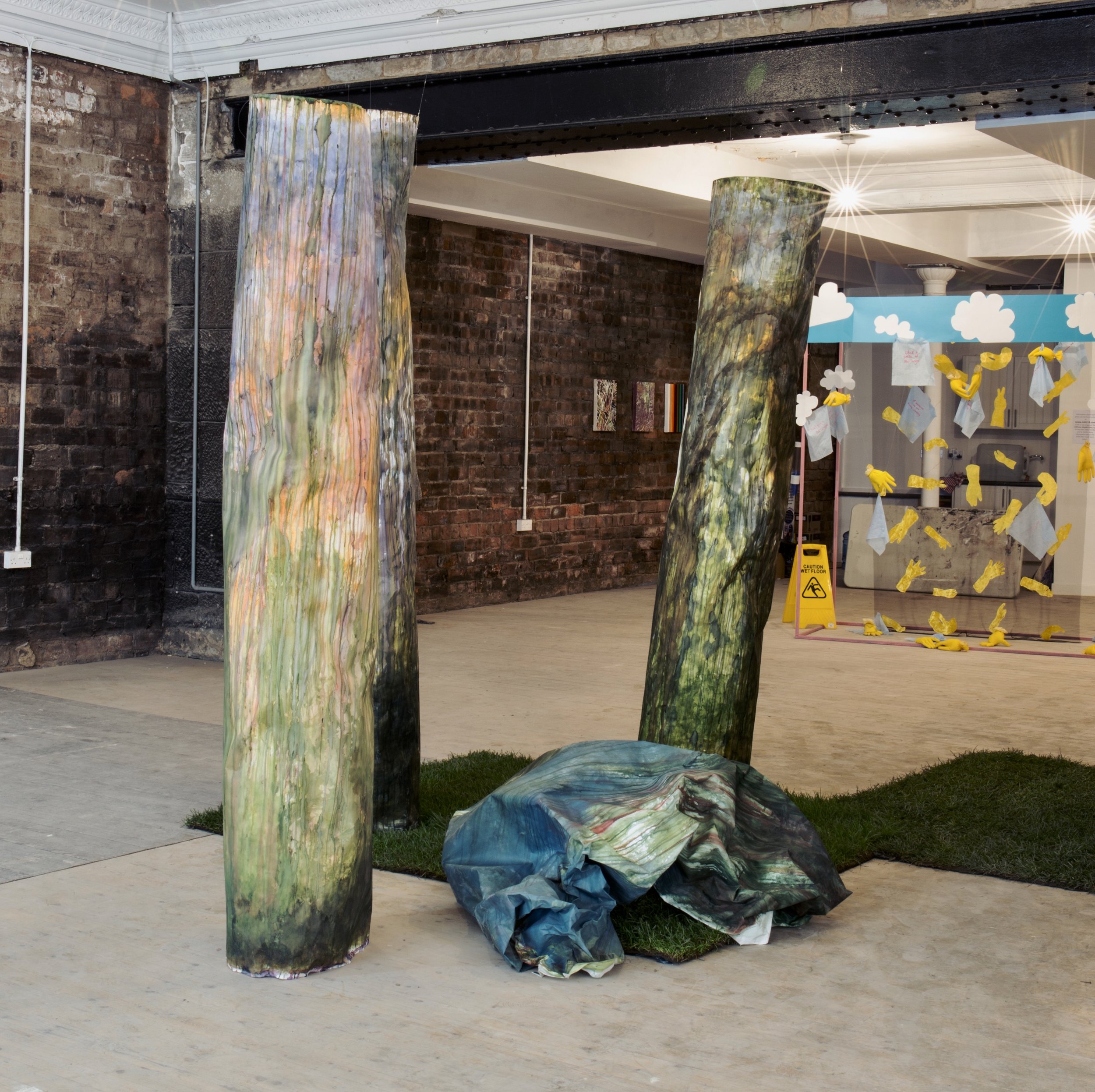

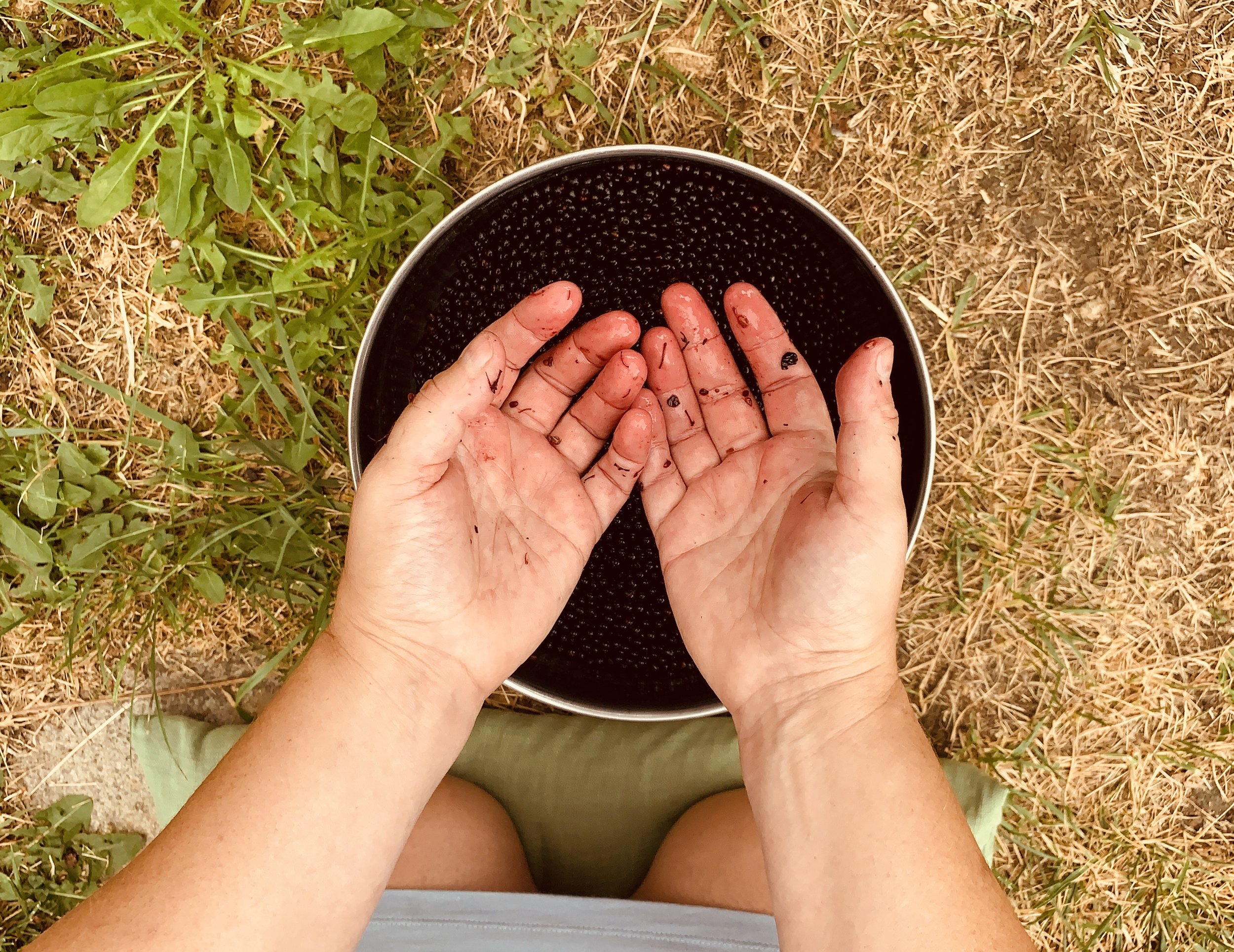
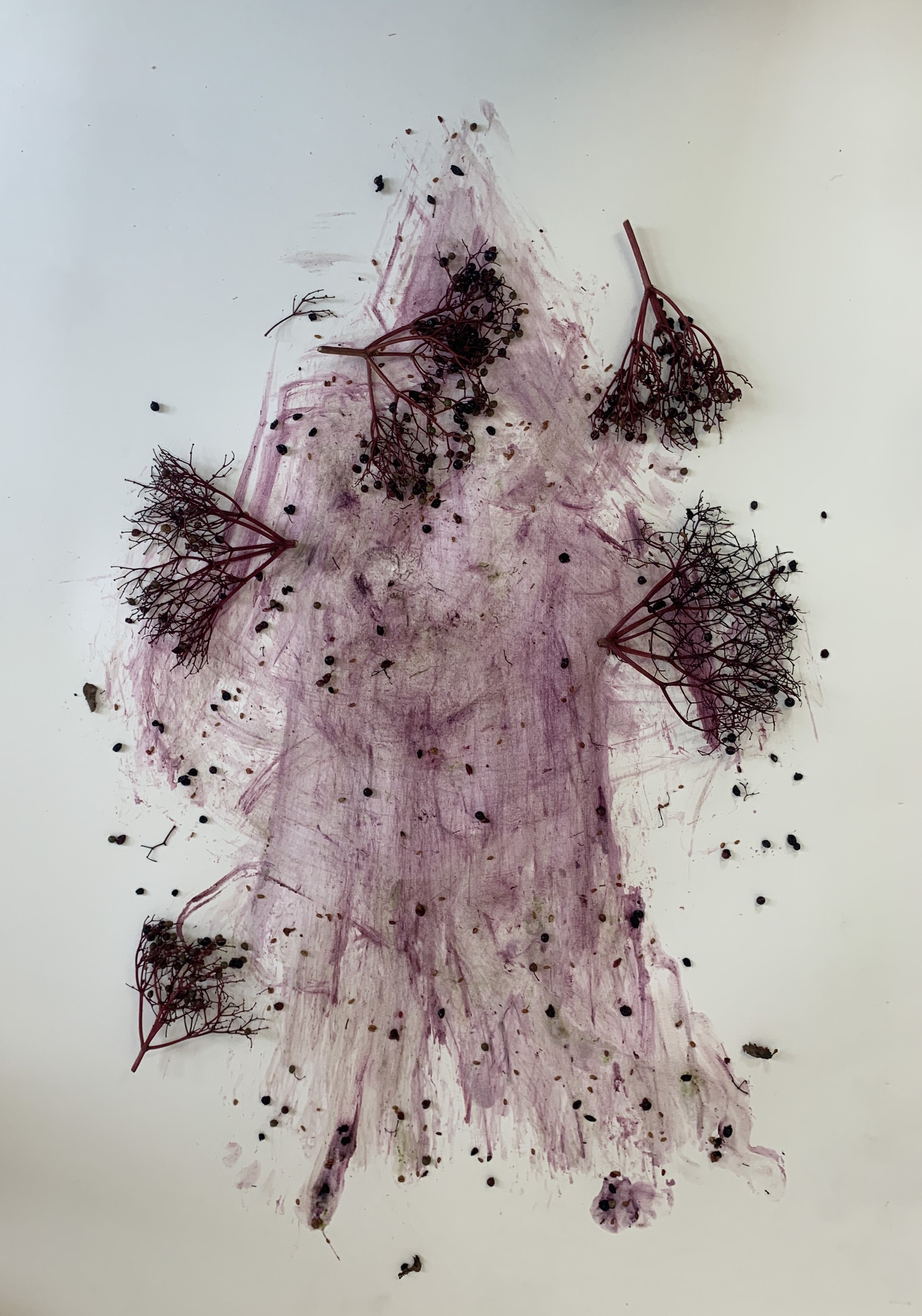
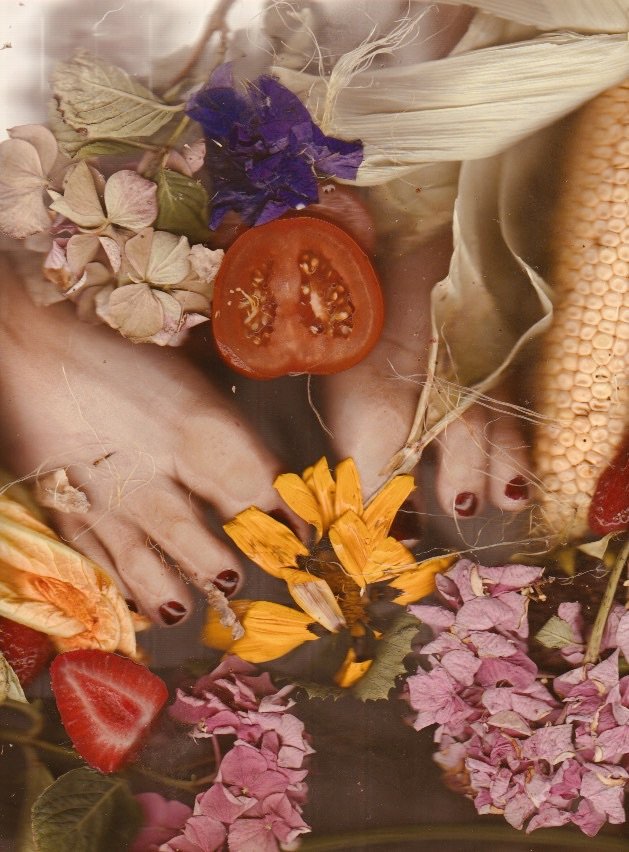
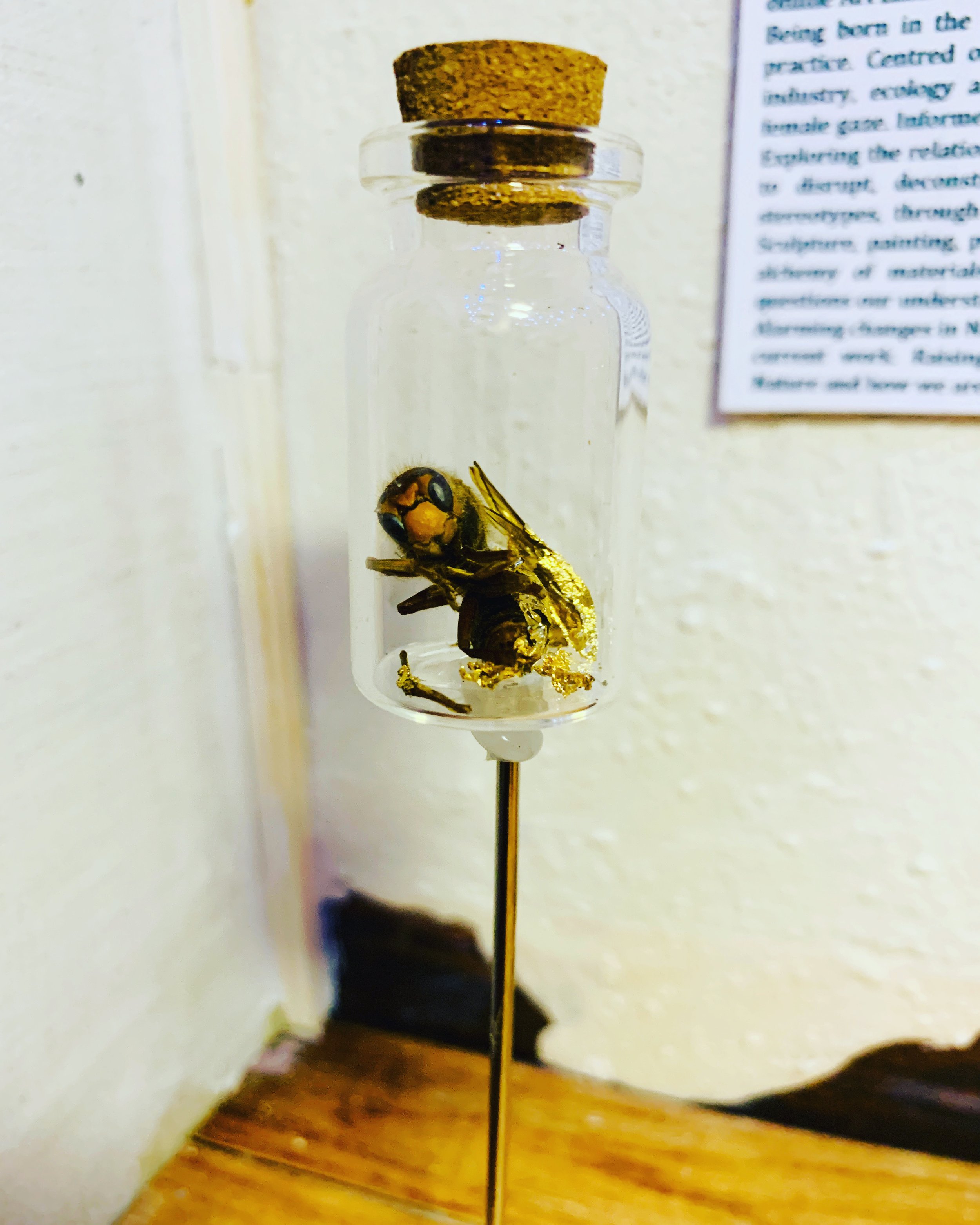
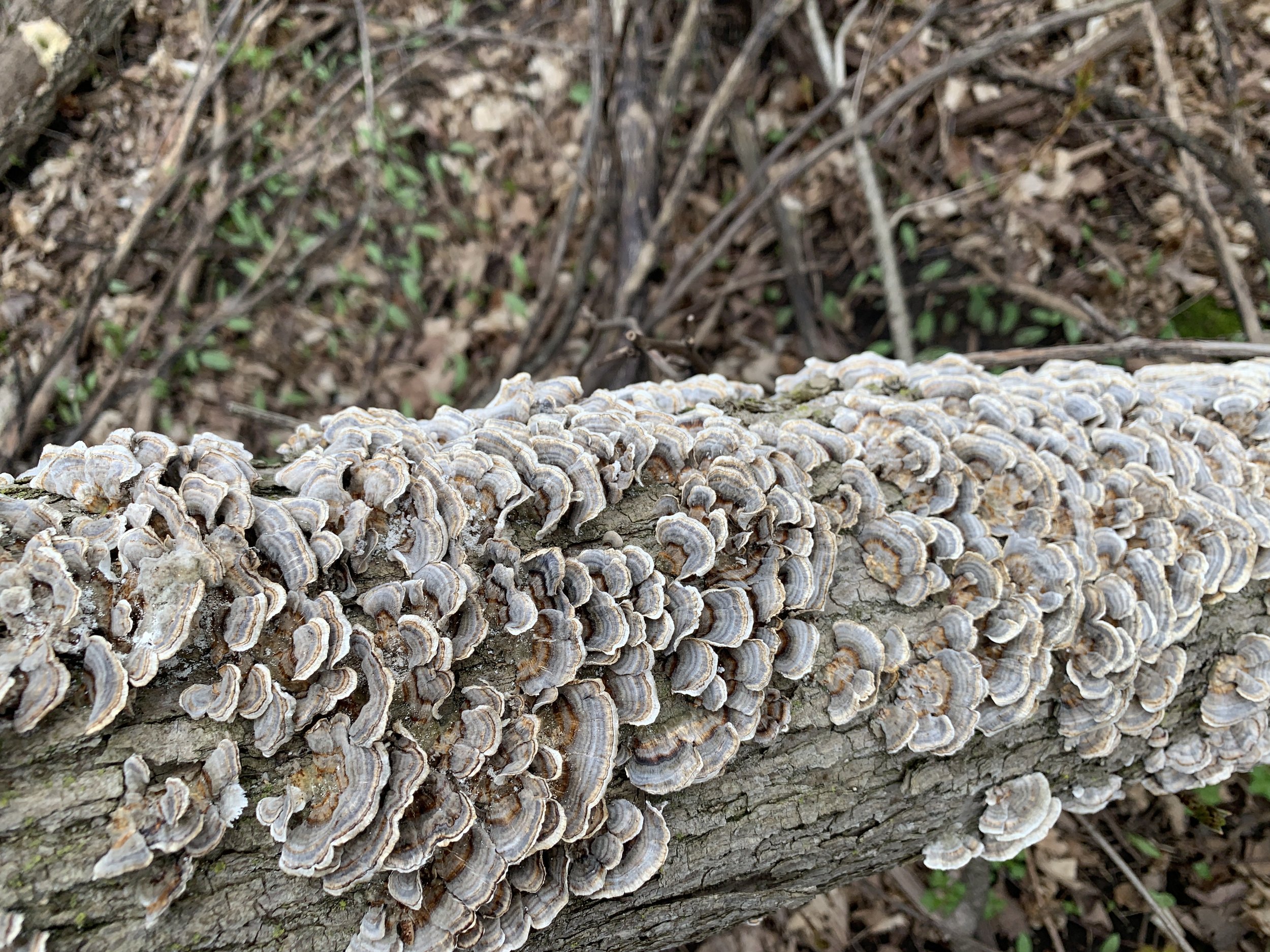
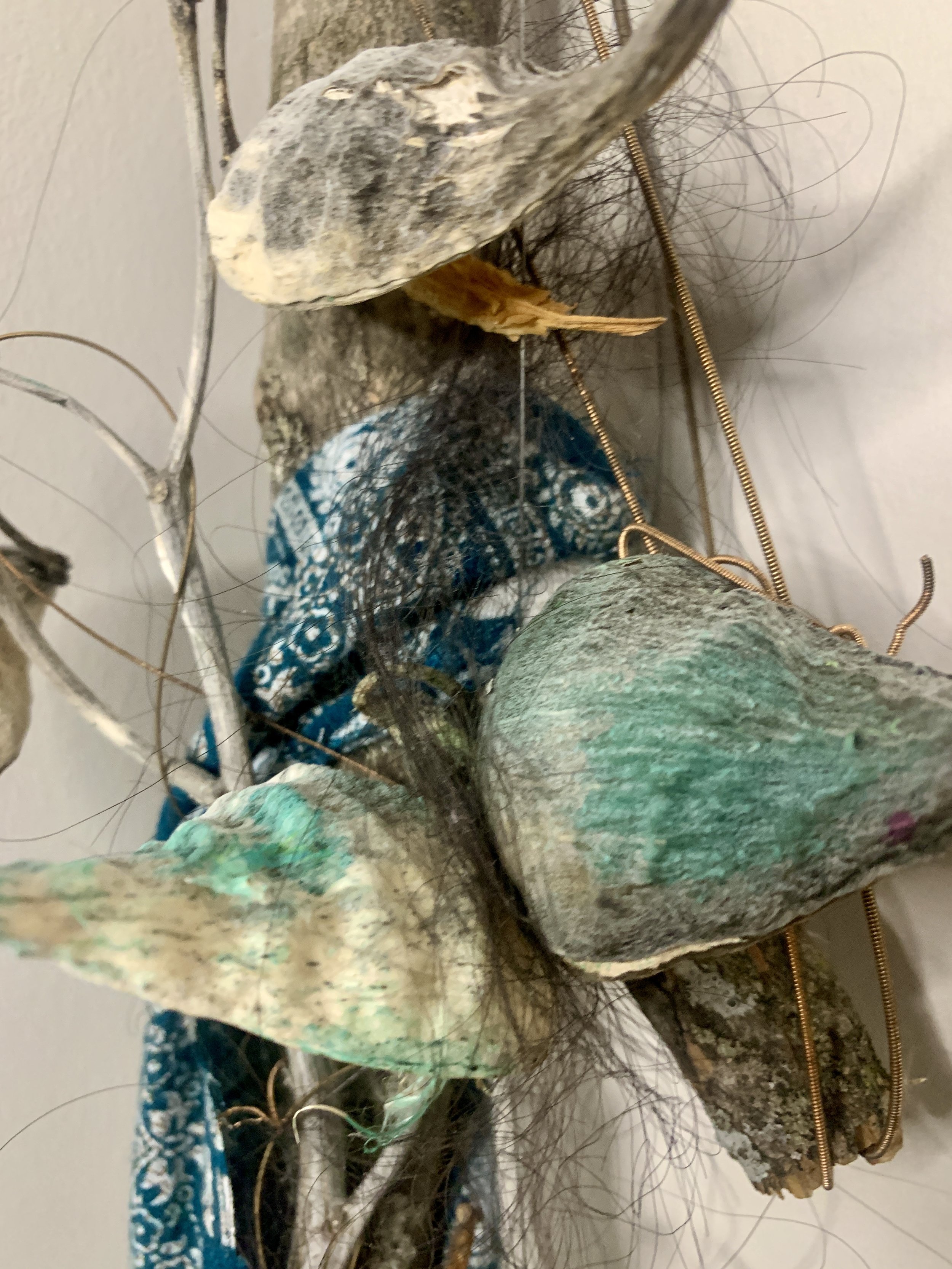
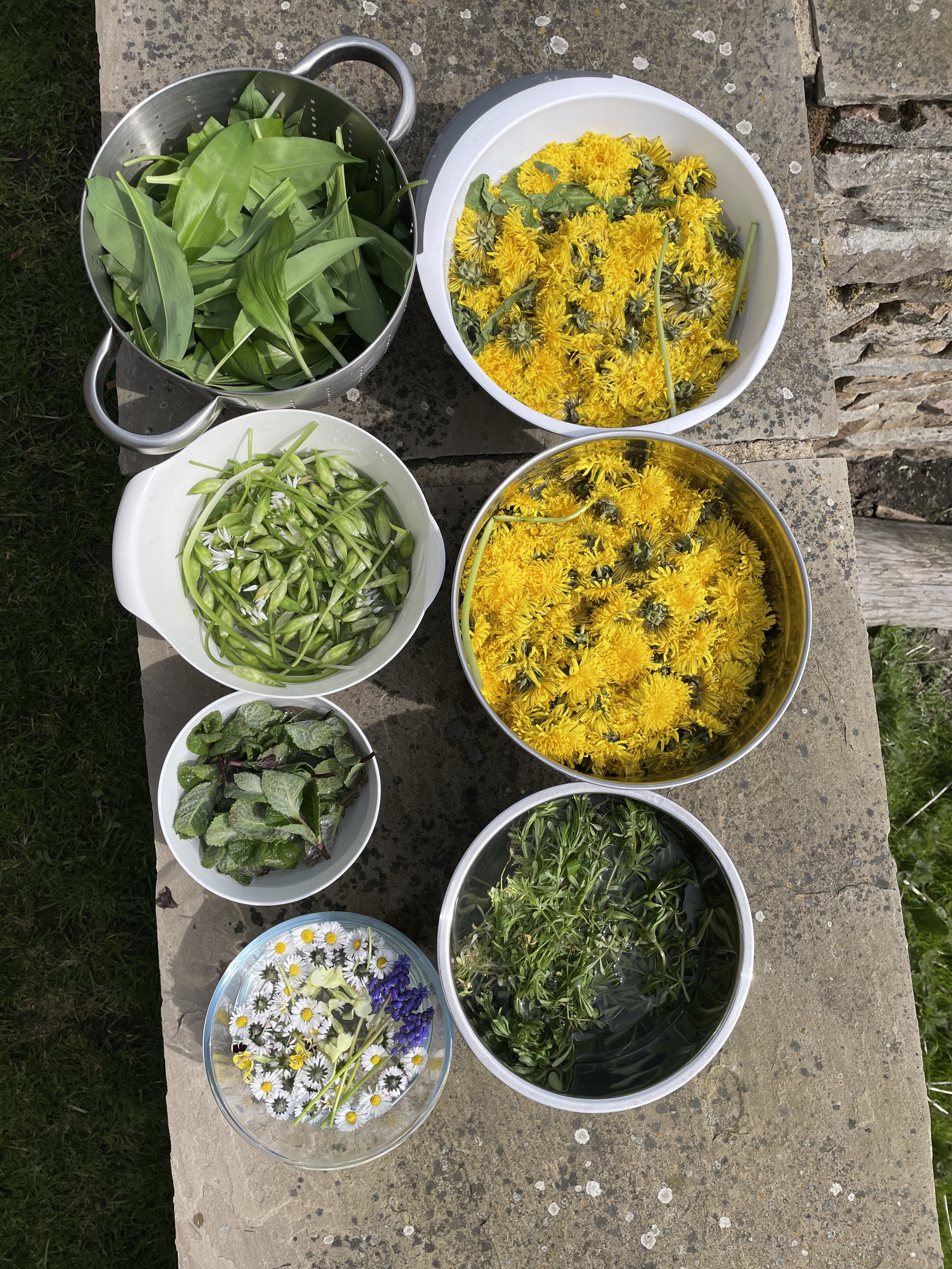
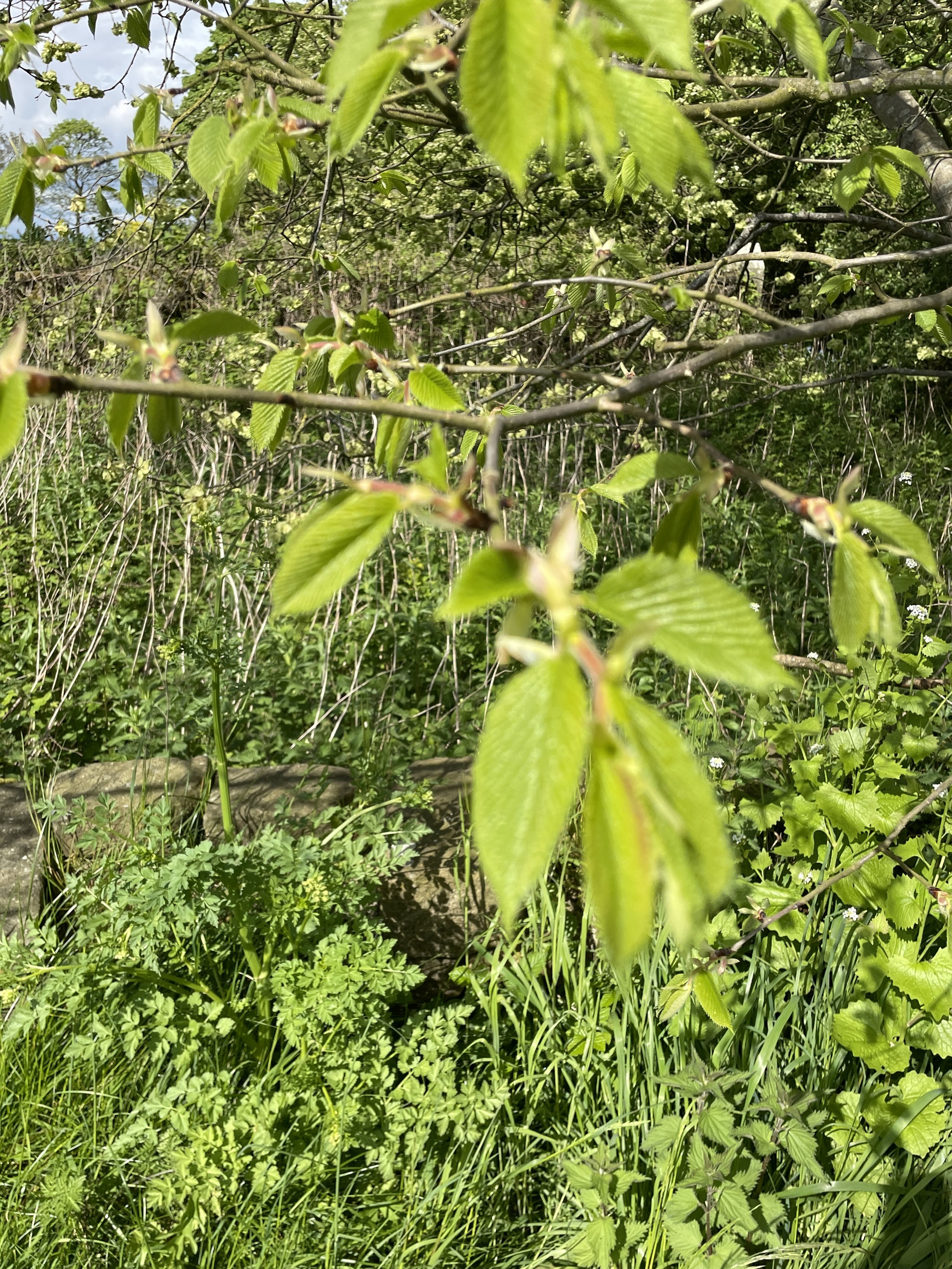
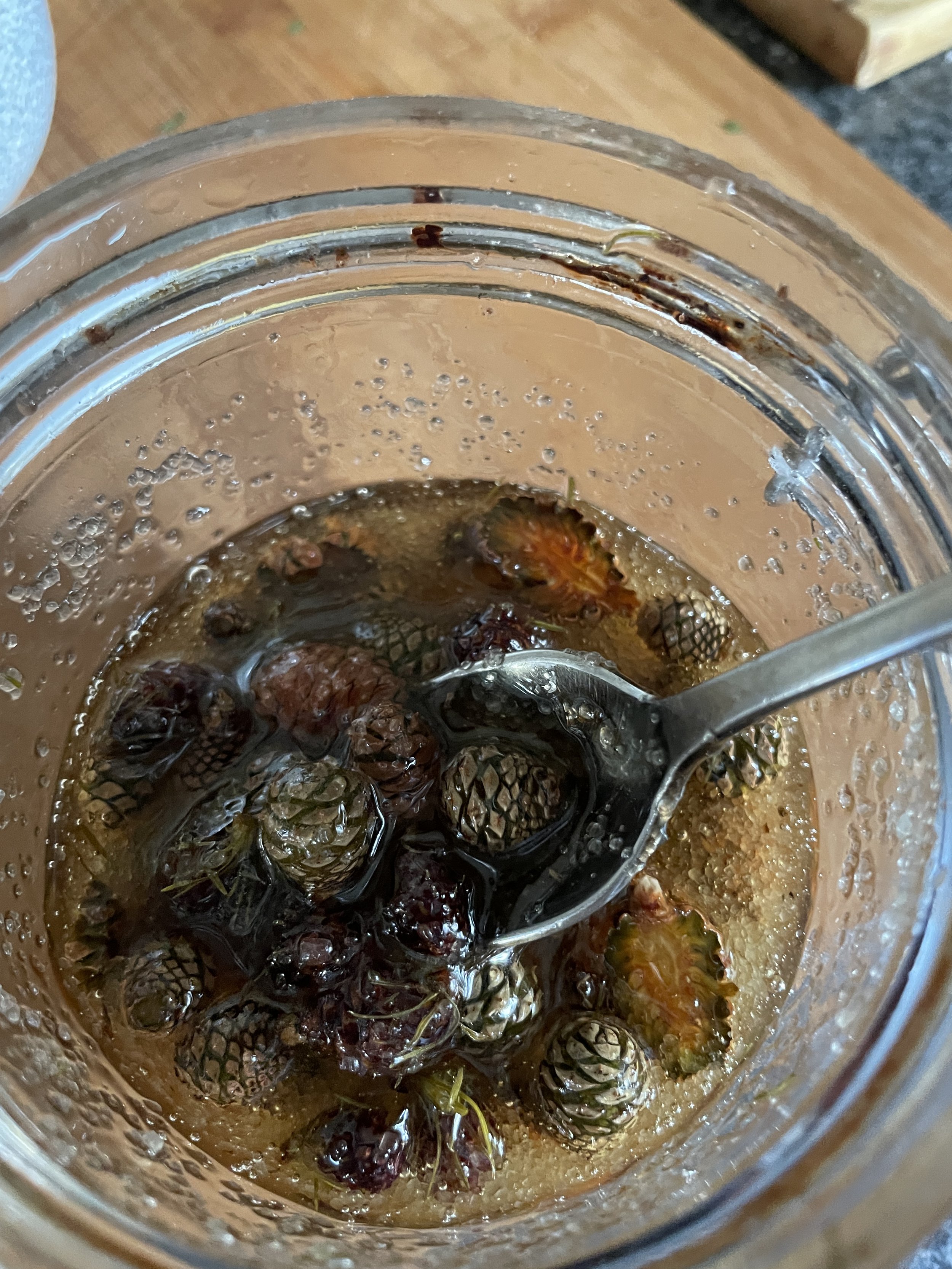
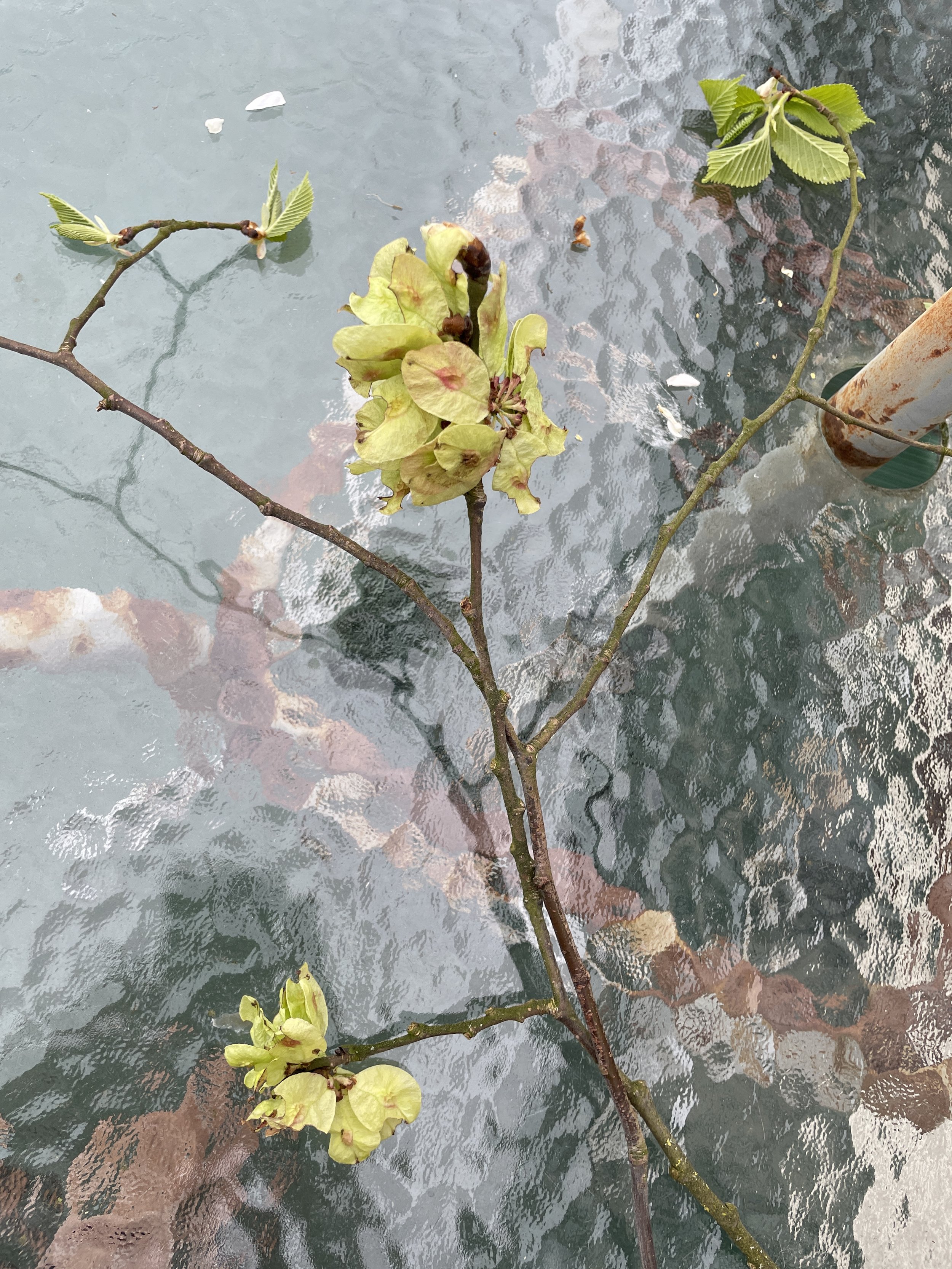
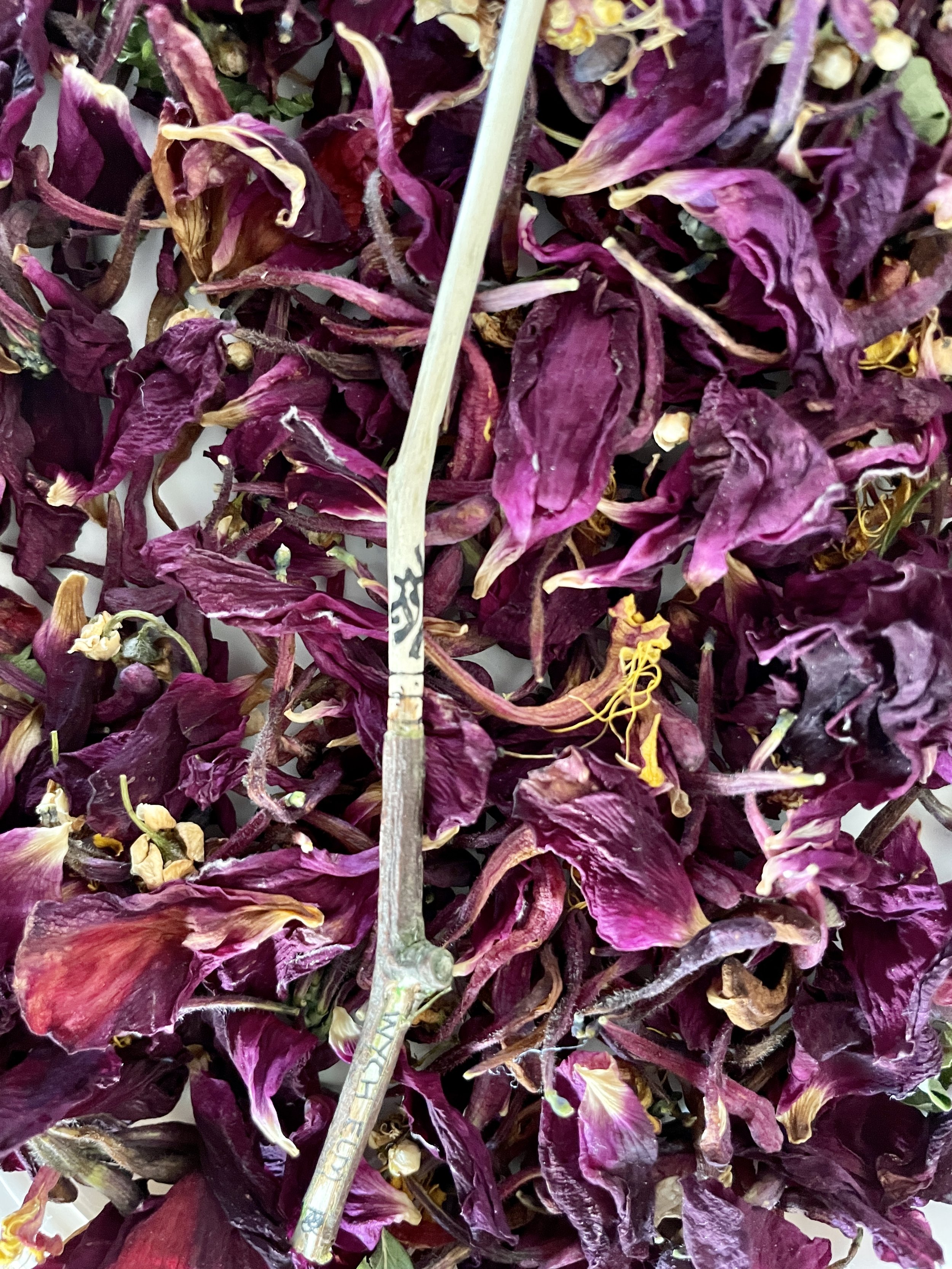
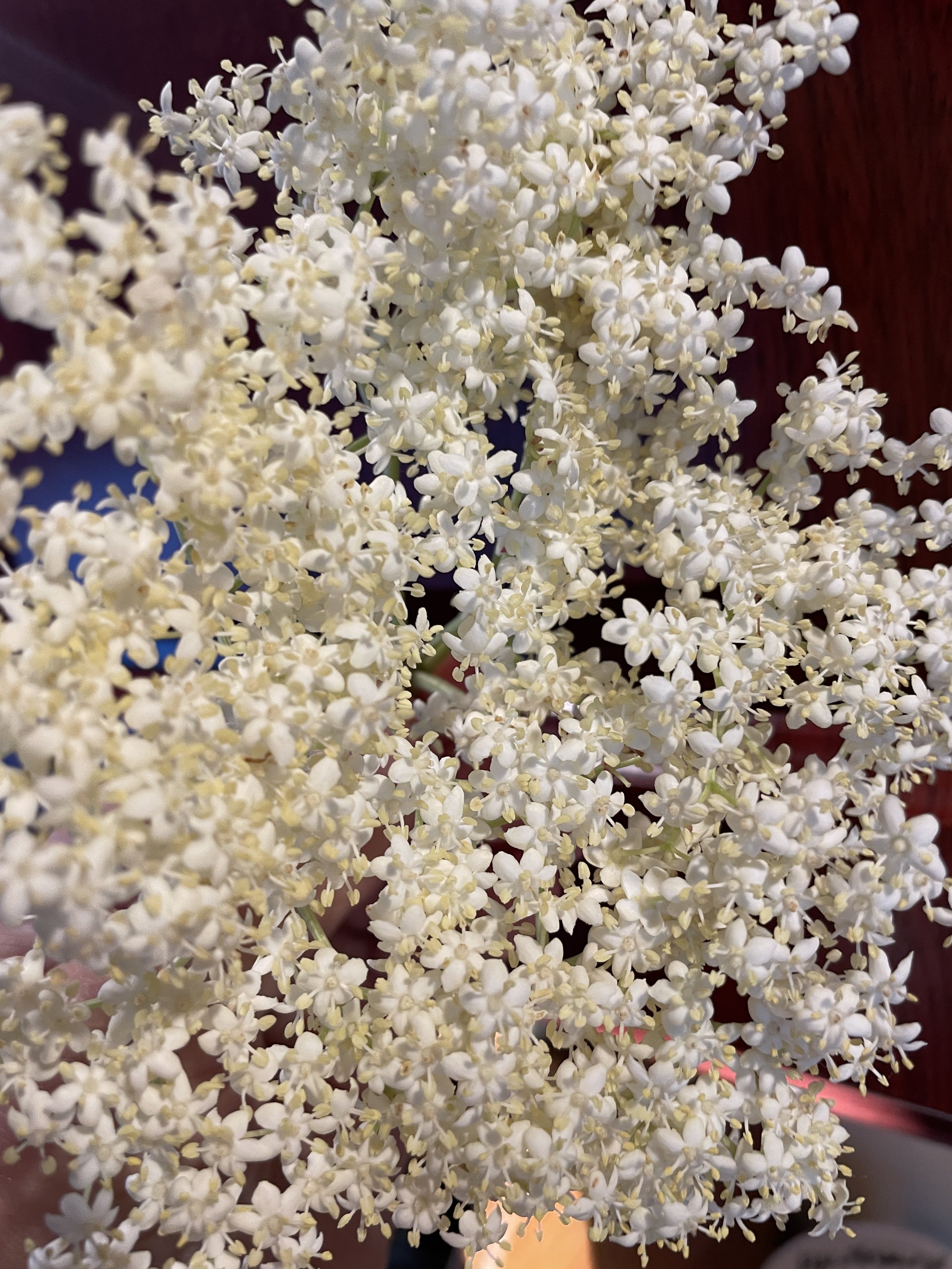
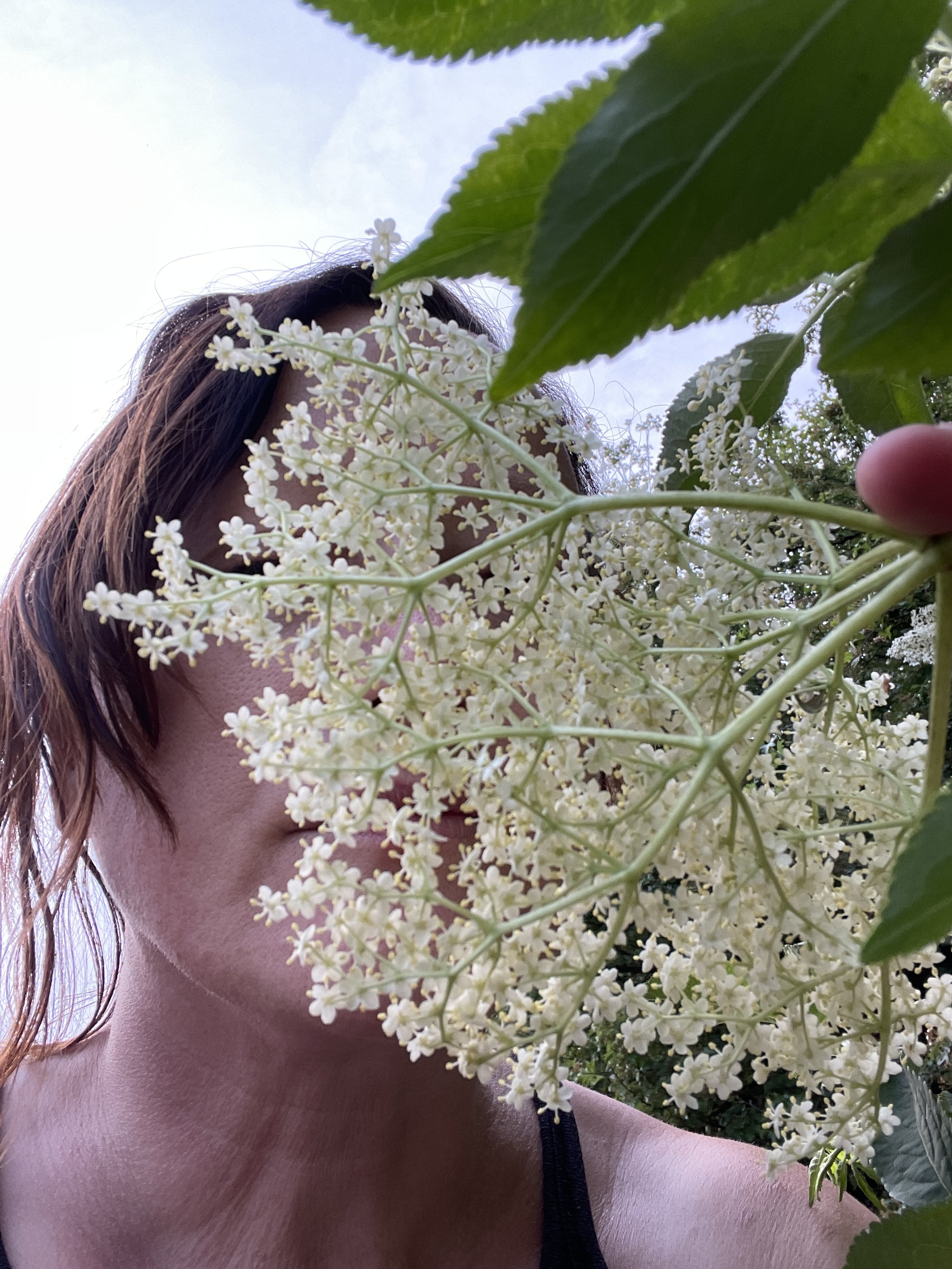
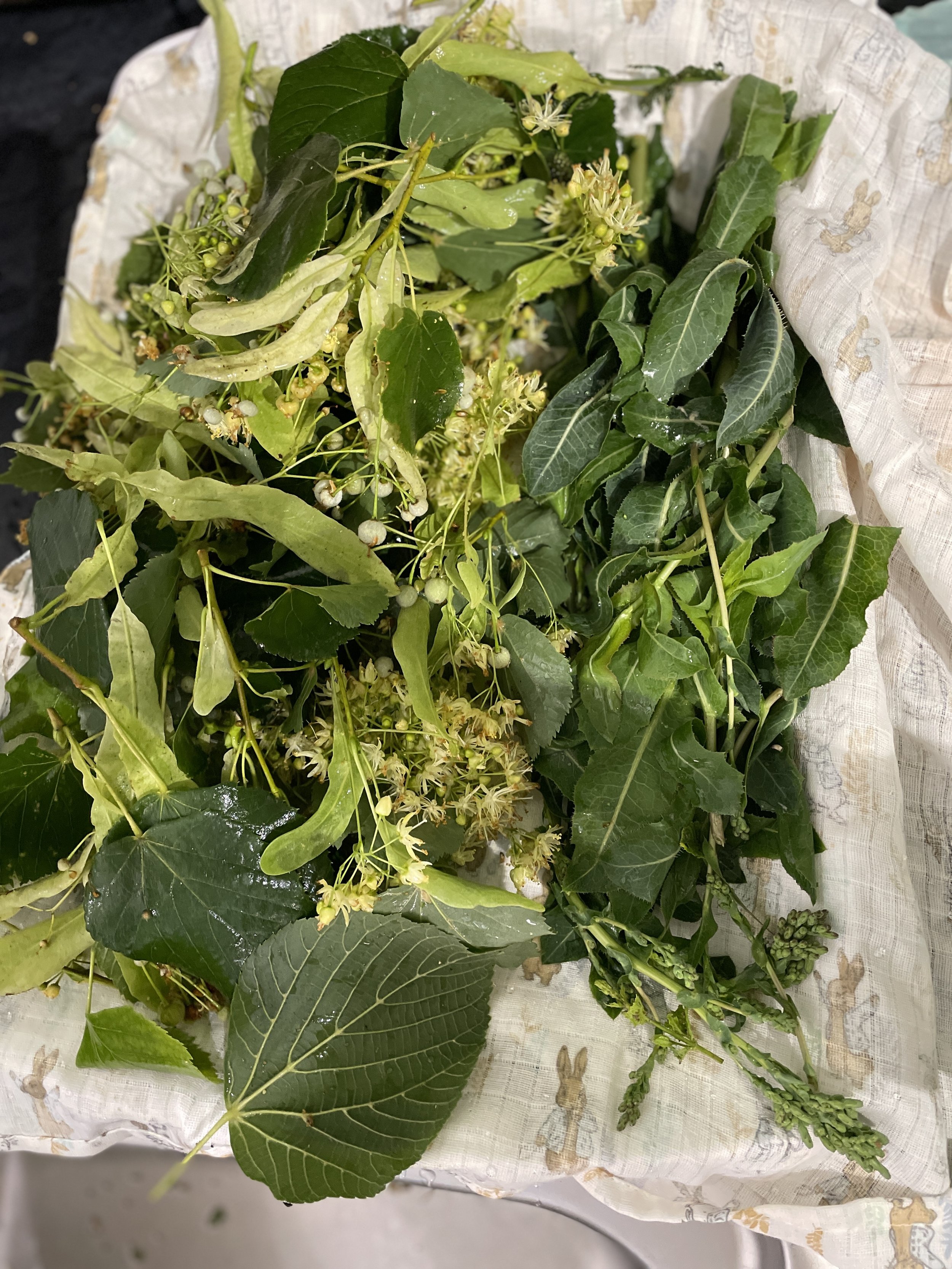
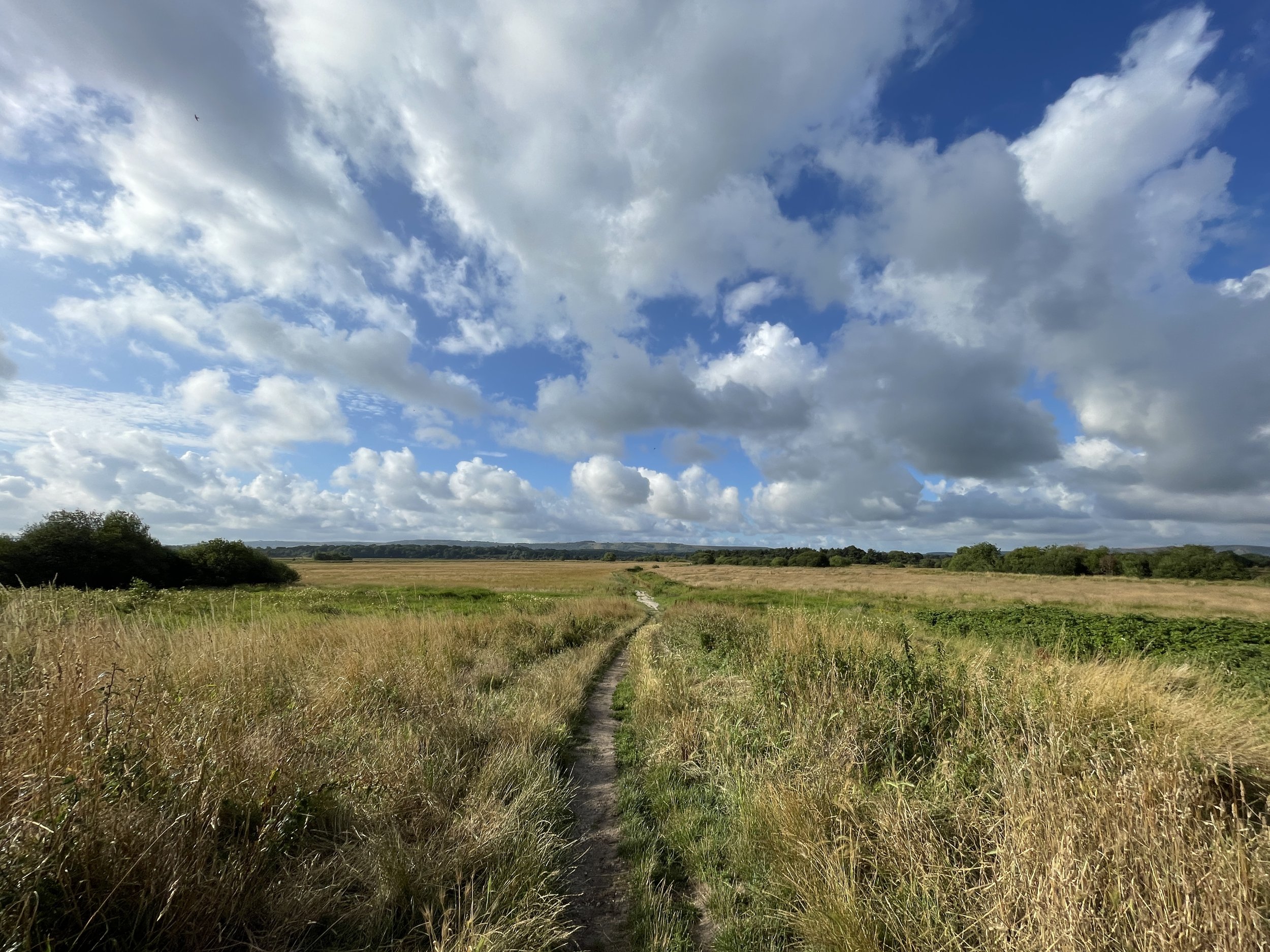

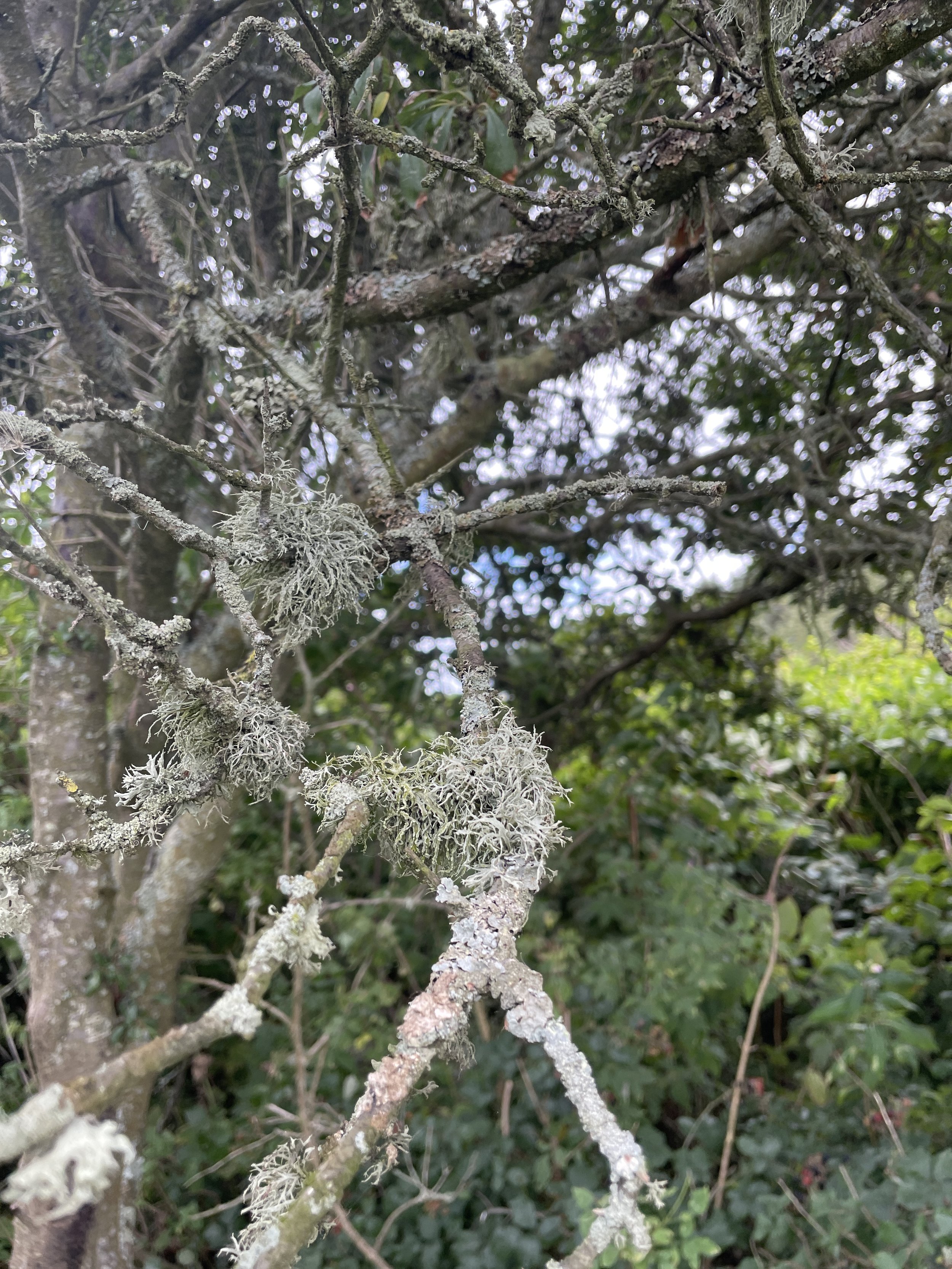
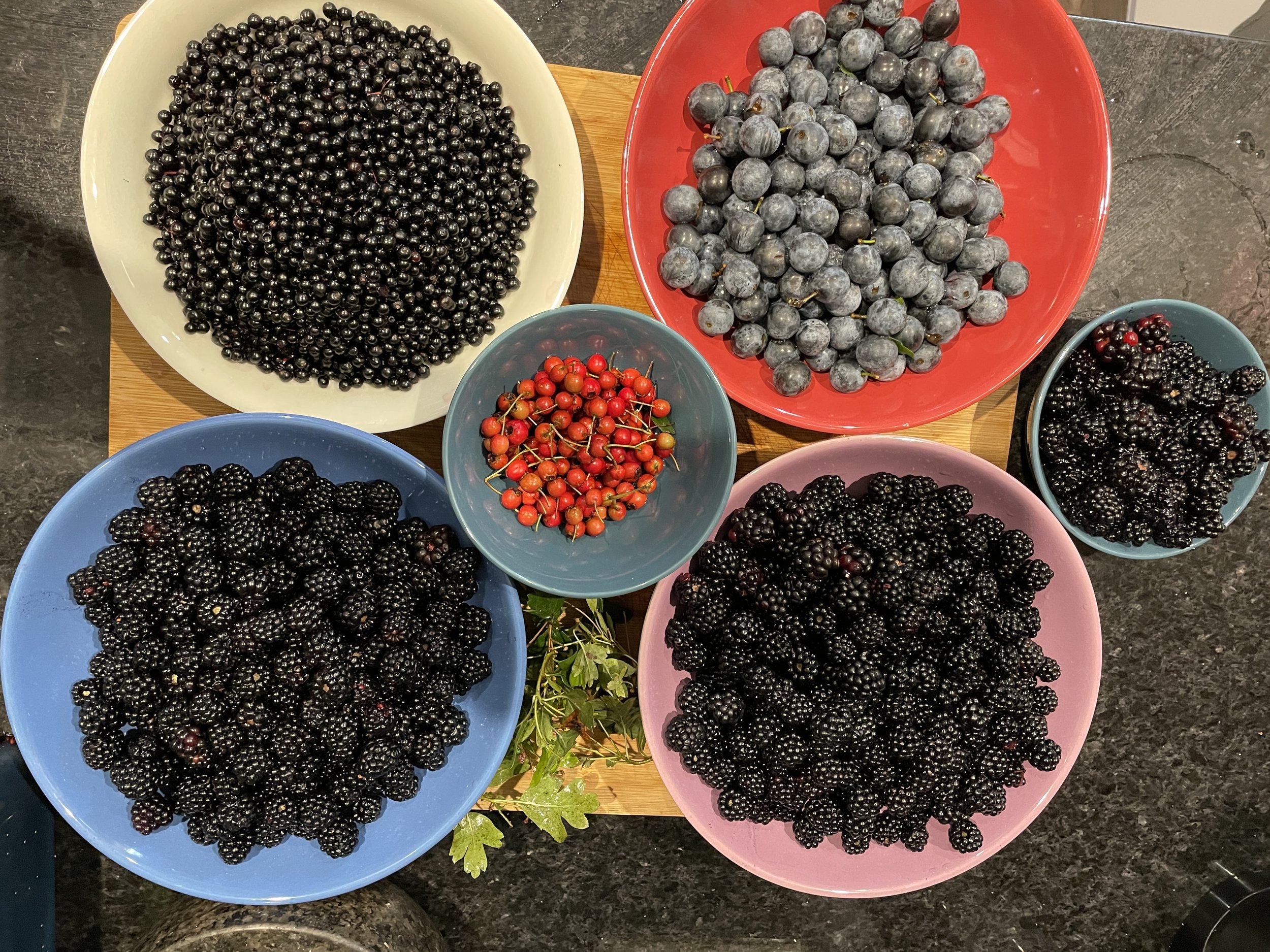
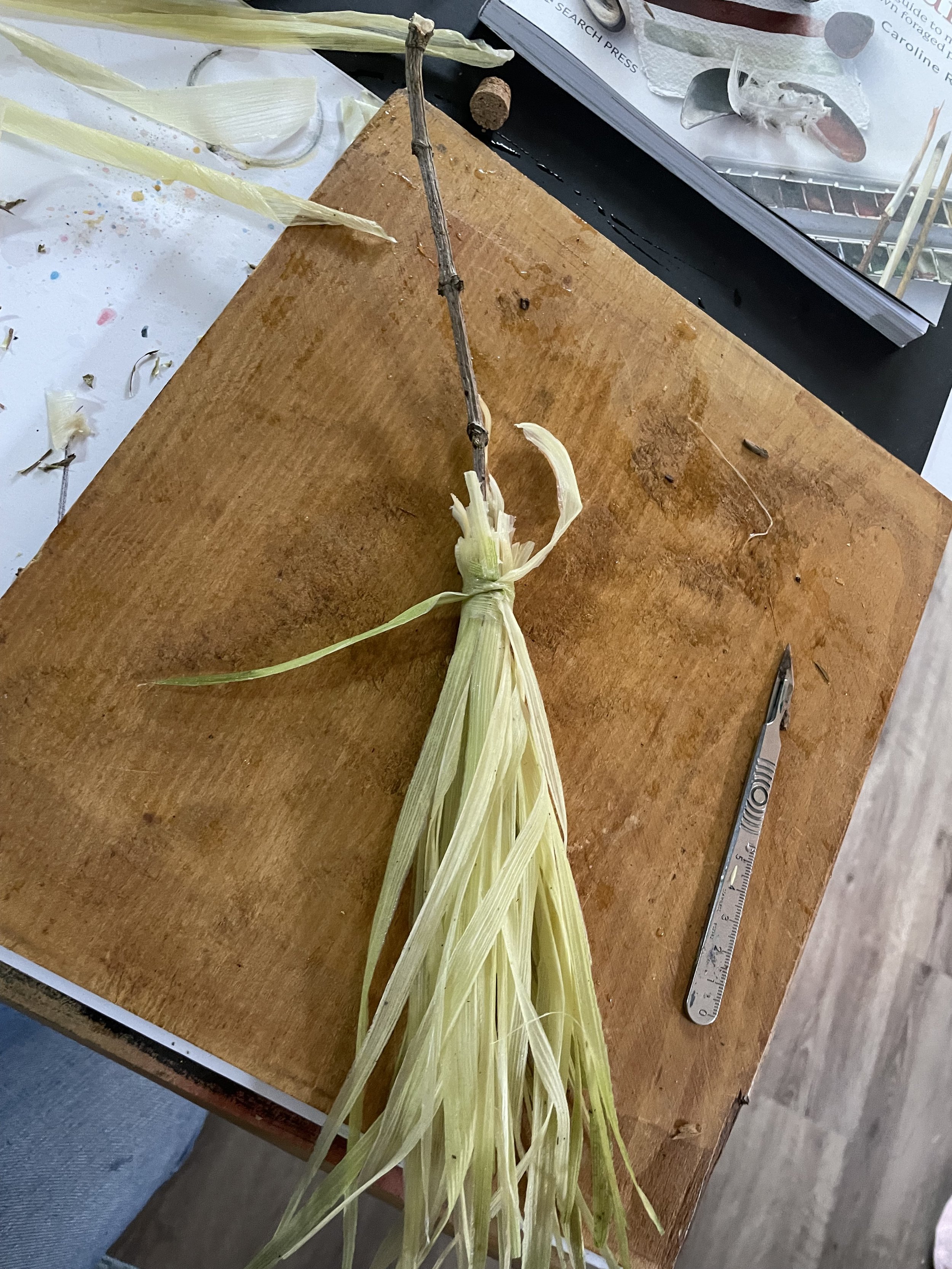
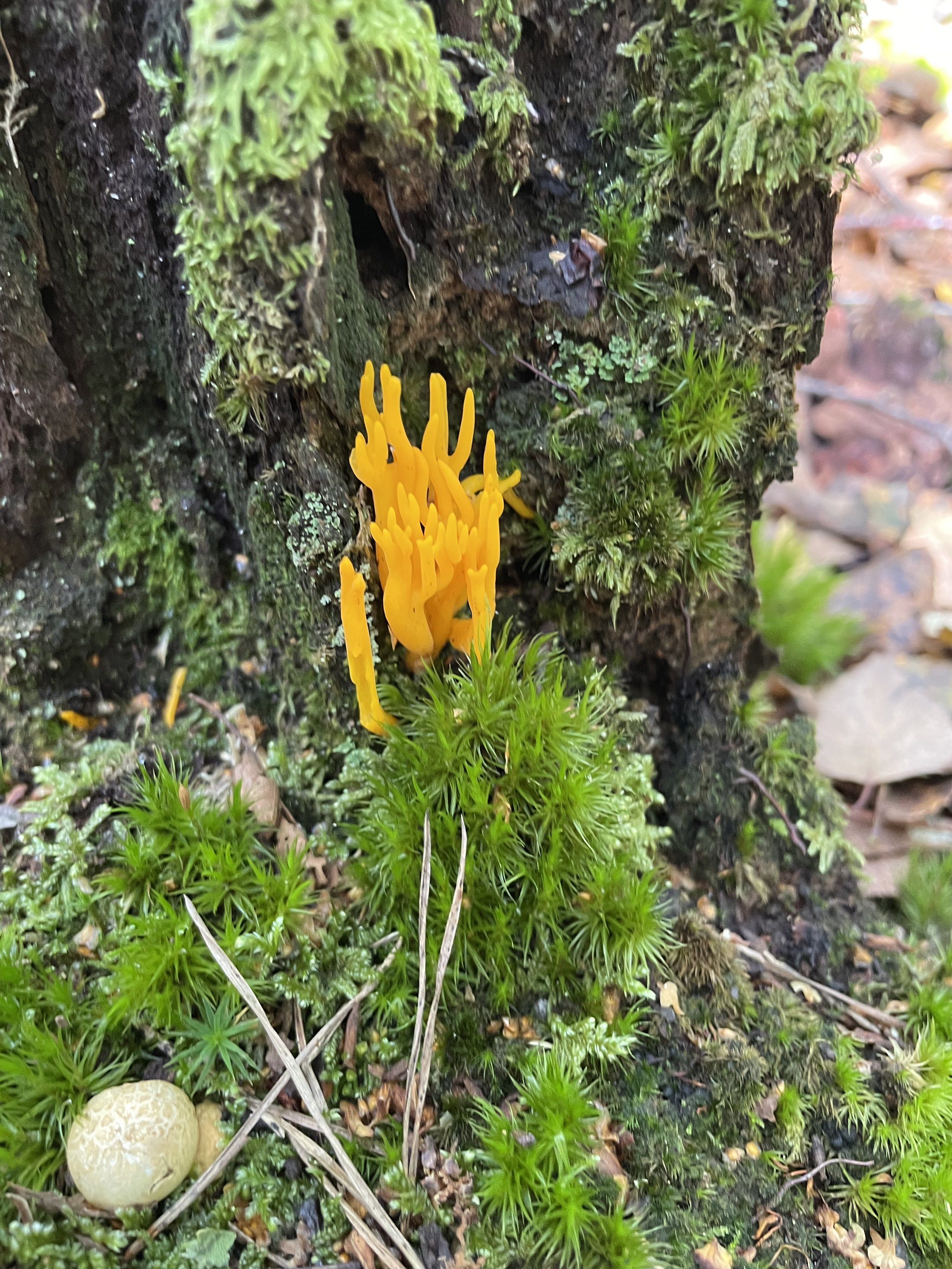
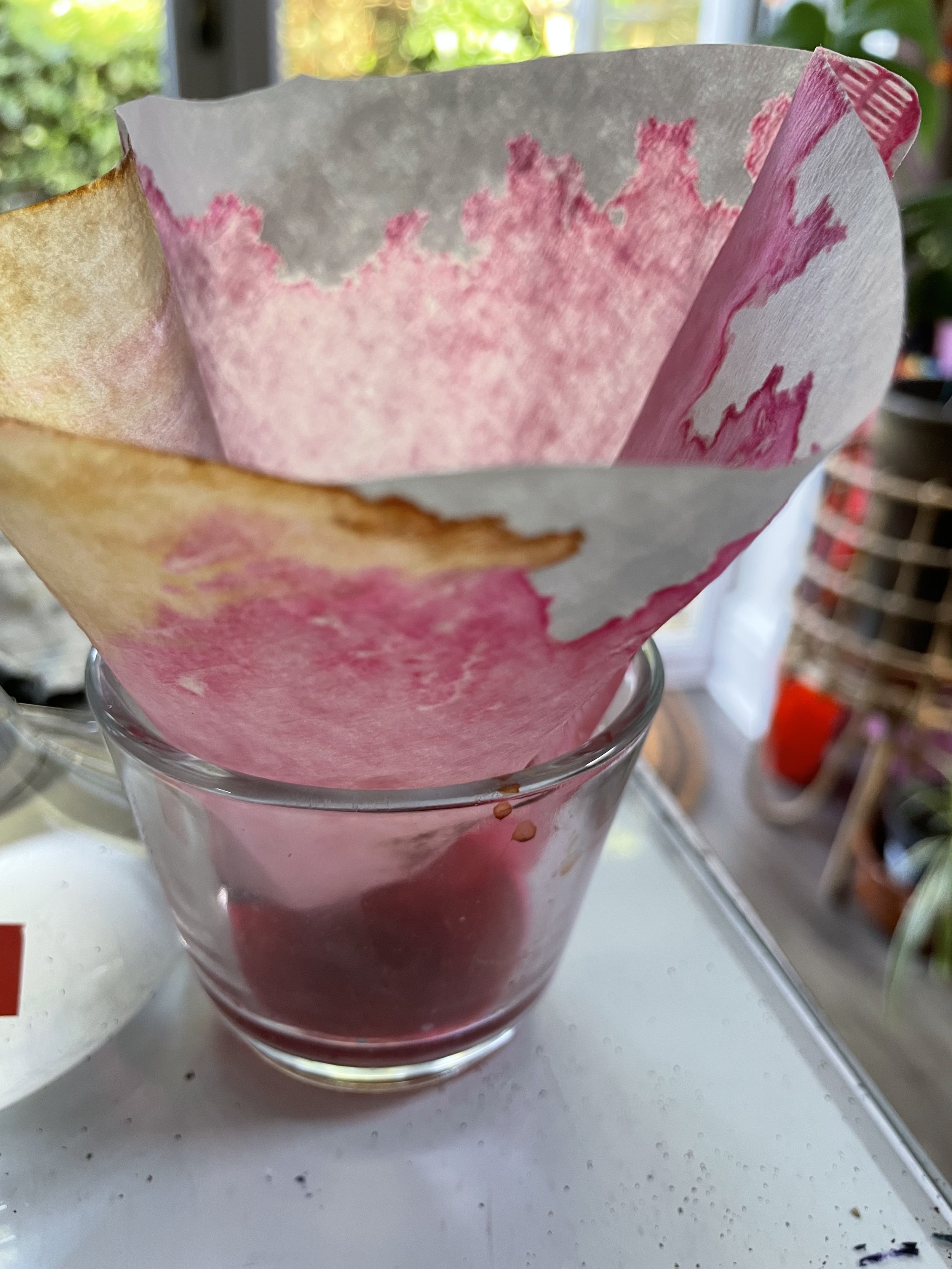
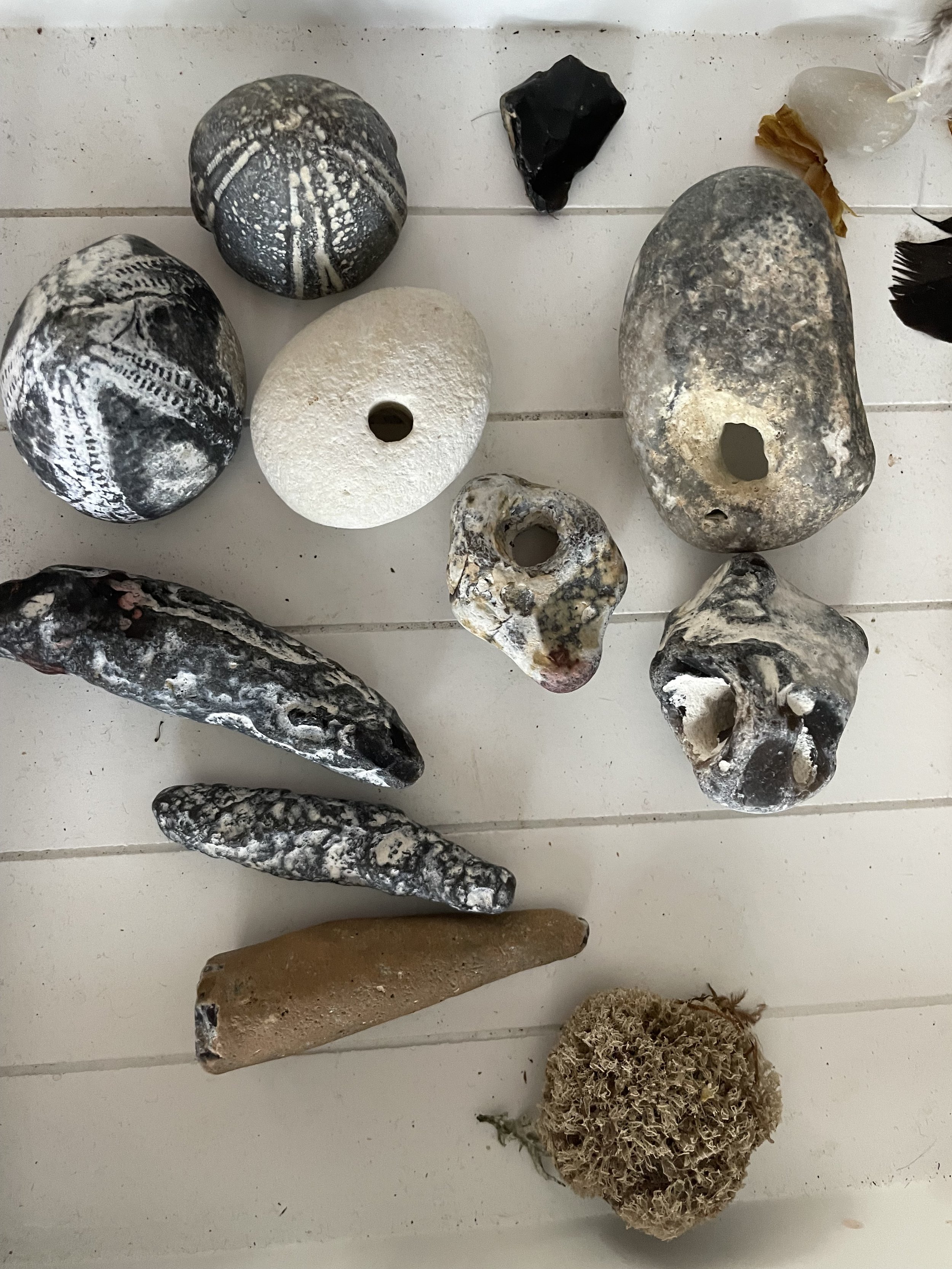
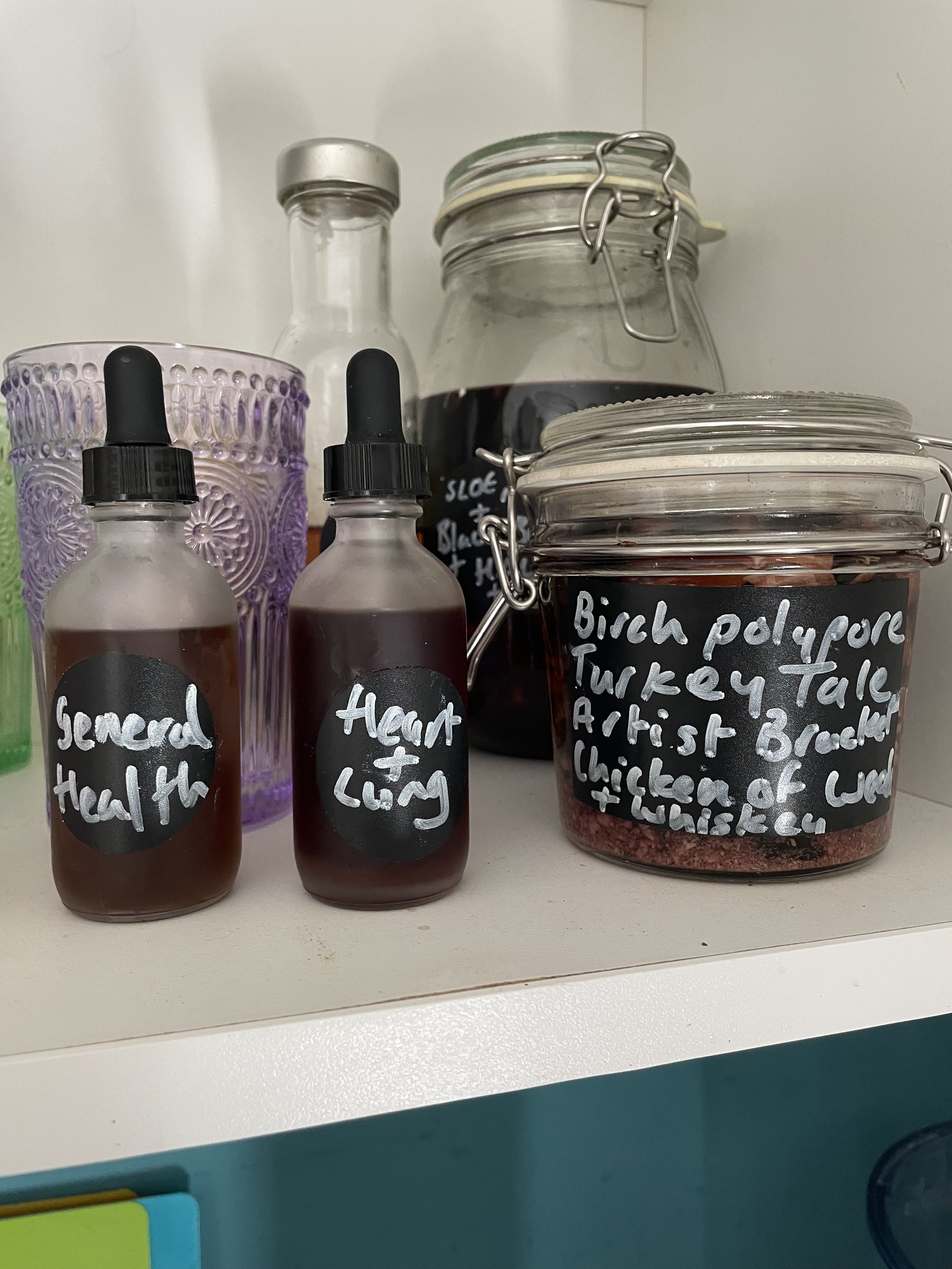

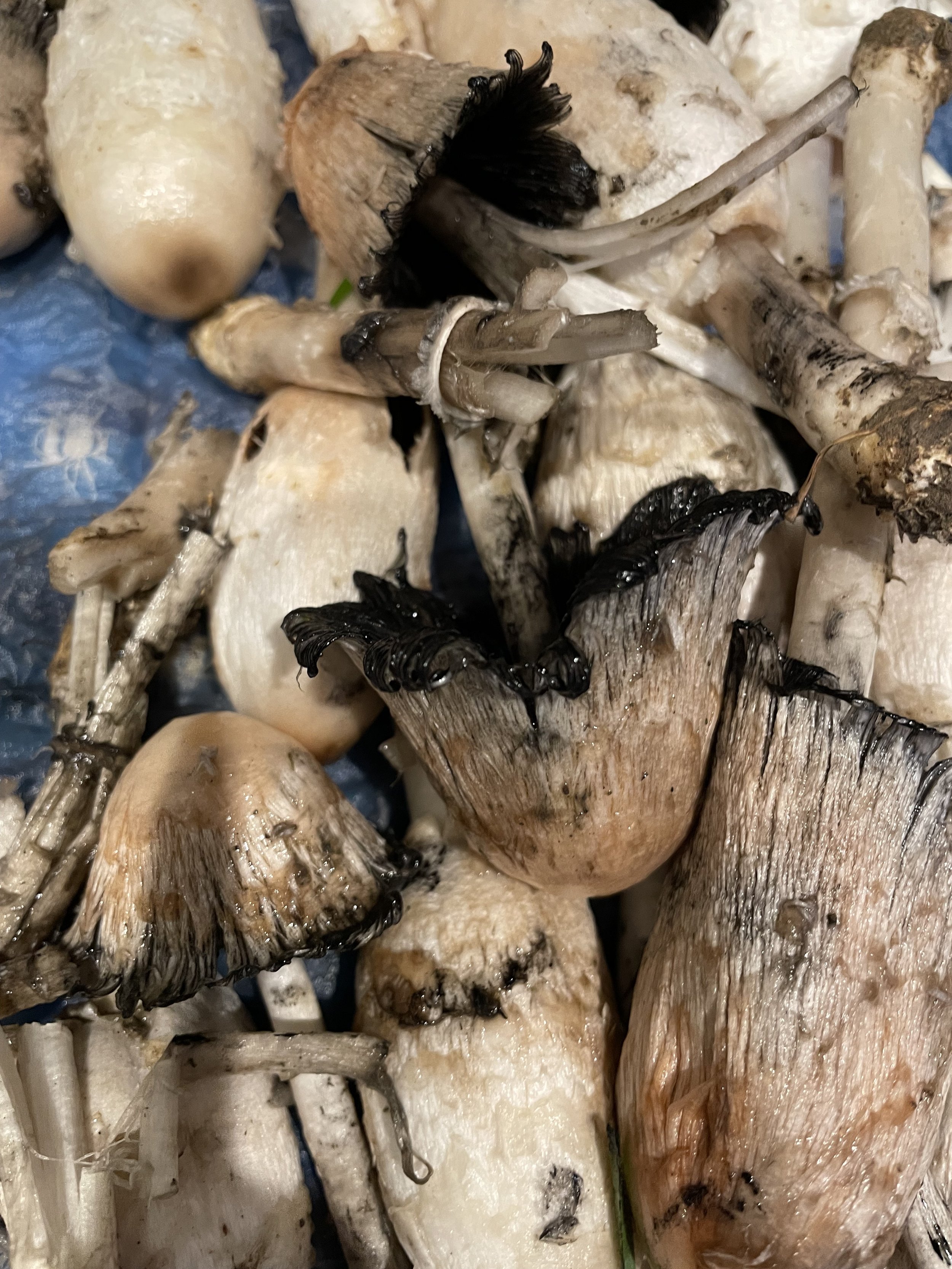
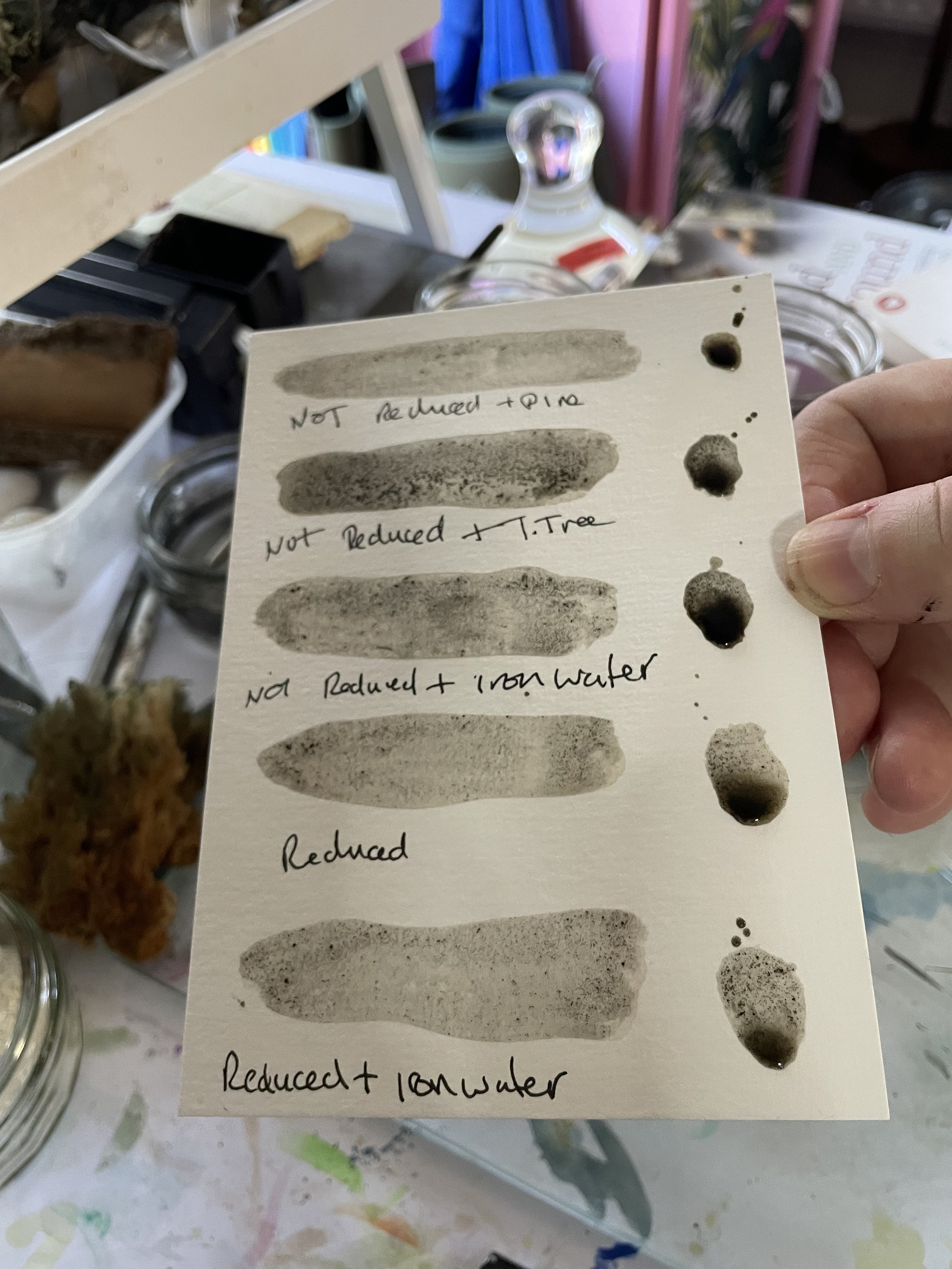
>>>>>>>>>>>>>>>>>>><<<<<<<<<<<<<<<<<<<<
PANCREATIC ERRATIC
MEDIUM
Sculpture ready-found
DESCRIPTION
Without access to the speedy responsiveness and professionalism of the UK’s NHS, I would be dead. Not just once dead but thrice dead. I have had three diabetic comas. Each one is seemingly more life-threatening in severity; with the aging of body parts over the 50 years of my diabetic life, but balanced by a corresponding increase in the knowledge of doctors and the availability of lifesaving equipment. After my last emergency, I was granted access to a kit that sends a Bluetooth message to my iPhone. It tells me how sweet I am to be with, every five minutes. It tells my wife’s phone too. It beeps loudly when it thinks I’m about to die and a novel scolding mechanism, seemingly only fitted to my wife’s phone, tells her to tell me when I’m too sweet, or not too sweet, too. After a long career spent trying, in numerous small ways, to save the planet for all of its lifeforms and the intricately beautiful interconnectedness of everything, I have been thinking recently about universal balance. Yin and Yang, good and evil, wave and particle, Cartesian dualism, the weighing of souls, and the many philosophies devoted to the meaning of life. It all seems to point to an essential truth exhibited by all insulin-dependent diabetics; daily. Sustaining a perpetual minute-by-minute balance between planet hypoglycemia and planet hyperglycemia; or, sustaining the quantum mechanics of a multiverse all seem to be delivering the same idea. I have precariously expressed this idea of balance in my artwork both to convey the fragility of it and also the crushing mental weight burden that carrying it can impact on the burden-bearers. I have used the slim simplicity of glass insulin vials to demonstrate this state of being and the need for monitoring transparency, so that the burden can be supported, and the ‘dread weight’ distributed in an even manner, even while dreaming. As a natural scientist, geomorphology gave me the clue for this artwork from the study of, and fascination with, glacial erratics. These out-of-place objects, often exotic rounded boulders of geological formations not related to local bedrock, have been transported by the crushing weight of mile-thick ice sheets. Now they sit uncomfortably and unconformably balanced, sometimes rocking to the touch, on unrelated stones. The towering ice long melted away, has scattered its strata-plucked orphans to a new form of elemental balance. I have never seen a pancreas, let alone a malfunctioning one, but as part of my artistic practice involves foraging for special stones, I have selected one, after much mindful searching on the strand lines of Cornish beaches, to represent the ‘universal pancreas’ and to fulfill the title role of pancreatic erratic. This stone is quartz, rounded by waves, but essentially the same material that makes glass; for insulin vials. The body part-likened pink splodges on it are species of cold water crustose coralline red algae that occur alongside their free-living cousins called maerl. It is barely alive, growing at the rate of less than 1 mm a year, but warmed by sunlight and photic happy places it is, like most of us in the right conditions, thriving. All diabetics might sometimes feel like erratics, not knowing where their condition has come from or where they might be taken but I like to think of this artwork as a fragile but enduring picture of a happy balance that might inspire more diabetics to thrive and make connections with their condition.
<<<<<<<<<<<<<<>>>>>>>>>>>>>>>>>>>>
Artist name - Lidia Lidia
Website
Social media links
IG - @justlidialidia
Bio
Lidia Lidia is a UK-based transmedia artist working at the intersection of visual art, performance, and activism. In her work, she investigates shared human experiences and the important concerns of the day.
Lidia passionately believes that through art it is possible to shape society; for this reason, she is always looking for alternative spaces and ways to share her work with a wider audience. As well as appearing in various galleries, her work has been shown in public spaces through billboards (including a mobile advan), public performances, street art, postcards, and social media projects in both the UK and abroad.
Article/Essay Title
And on the 6th day... I ate berries - How Marina Abramović's method reset my body and mind -
Abstract
The Royal Academy is hosting the biggest retrospective of Marina Abramović's work in the UK. She is also the first female artist in the institution's 255-year history to be invited to have a solo show in the main galleries. I am one of a group of 39 people selected to 're' perform some of Marina Abramović's works from the past. Before starting our work at the RA, we had a six-day residential preparatory workshop that has been a life-changing experience.
After 5 days of fasting, silence and tech deprivation this experience reset my body and mind and it gave me the chance to fully understand her work.
And on the 6th day... I ate berries How Marina Abramović's method reset my body and mind From the 23rd of September 2023 to the 1st of January 2024 The Royal Academy is hosting the biggest retrospective of Marina Abramović's work in the UK. She is also the first female artist in the institution's 255-year history, to be invited to have a solo show in the main galleries. I am one of a group of 39 people selected to 're' perform some of Marina Abramović's works from the past, we are made up of a mixture of dancers, performers and actors. Before starting our work at the RA, we had a six day residential preparatory workshop - 'The Cleaning the House workshop was developed by Abramović in the 1980s as a way of sharing her performance preparation practices with her students'. Now having finished it I know that it is something that goes well beyond this brief description. The Cleaning the House Workshop is intense but after experiencing the days of fasting and silence I felt uncomfortable returning to normality. I actually would like to have continued. I felt a sense of connection, serenity and hope that I don't think I've ever felt before in my life. Of course, I consider myself privileged to have the chance to reperform some of Marina's historical works, but I know that for me the important part is no longer about the reperforming. Because I know that the real experience of this chapter in my life has been the chance to experience this workshop, which is something I don't think I would have done if it was not part of my contractual training to work for the show.
I saw Marina Abramović's work for the first time in early 2000 in Milan and I was really confused. Coming from a very conservative little city in the north of Italy, with a very narrowminded education, I couldn't understand how something like that could be considered art. Only when I began to use art to process this mad world in which we live, did I start to understand the deep research Marina has been doing for decades about the experience of being human, exploring our individual and collective fears and dark sides. Until a few days ago her most recent work, which has become much more spiritual, seemingly focussing on individual and collective healing, was fascinating but impenetrable to me: a sort of enigma without rhyme or reason. How could it be possible that a person who went through what she did in 1974, performing 'Rhythm 0', believe there is the chance to heal the human race? In Rhythm 0, one of her first performances, she dived deeply into the cruel and violent nature of humanity. During this iconic, endurance performance she, at that time in her early 20's, laid a series of objects out on a table, ranging from lipstick and honey to tools and a gun and a bullet, and gave the audience the following instructions: 'There are 72 objects on the table that one can use on me as desired. I am the object. During this period I take full responsibility.'
After a gentle start the performance violently escalated. Half way through her clothes had been cut off, she had been slapped and punched, someone had slashed her neck and drank her blood, others had sexually abused her and the audience had divided into opposing factions... Everything I have read about this pioneering piece of performance art, says that for six hours she stood there completely still and passive enduring every sort of abuse. After 6 hours of performance she left that gallery alive but broken by the base nature of human beings when given the license. By the end of the performance someone had put the bullet inside the gun and placed it in her hands pointing towards her... she was left naked, in tears, bleeding and with a streak of white in her hair from the stress. I am not sure where she found the strength and motivation to carry on with her investigation through her work. But what is now clear to me is that she learnt something very important along the way about teaching healing and how to share this knowledge in a very effective way through the workshop.
In the months leading up to the workshop I was mainly excited because finally I had the chance to detoxify myself from my stressful life enslaved by unnecessary tech gadgets. Our reperformer contracts clearly stated 'All phones, laptops, watches, and electronic devices will be collected. During the workshop, participants should refrain from eating, speaking, and reading to bring the body and mind to a quiet, calm state.' Six days without electronic devices and without feeling obliged to show off to the world how cool and fantastic everything is in my life, sounded like paradise to me!!! Once we arrived, after a brief introduction and frugal dinner, our evil devices were finally placed in a black box with the promise to see them safe at the end and we started the training.
Billy and Rebecca were the beautiful souls who facilitated the workshop. Both of them trained with Marina and have been working at the Marina Abramović institute for years. Every day from dawn till night they were leading our routine with love, trust and understanding. I don't think that for one second they made any of the 38 participants feel inadequate, wrong or not supported. The first part of the morning was an interesting ritual where after a quick 'check in' of energy and space we were dipping naked in a swimming pool. A little bit scary the first day, but, having been blessed with the hottest September ever, at the end it was just a pleasure. Then a shower and a long break to write, stretch, sit under a tree and listen to nature. After that, what I think we all agreed was the best part of our day, listening to Rebecca's calm voice taking us through a session of Feldenkrais (a system of movements designed to promote bodily and mental awareness and wellbeing). After these daily rituals we went through a series of long durational exercises lasting between 1 and 8 hours.The exercises were different every day, but the intent was always the same whether we were counting grains of rice, gazing into each others eyes, or walking backwards staring in a mirror. In that week we learned how to slow down, to be fully present in the moment, to connect with the others and with the whole just through our presence and energy without the intermediation of any external agents, we didn't even know what the time was. And a fundamental part of this learning process has been the long breaks between one exercise and another, where we could indulge in sunbathing naked, writing, dipping in the pool or going through long routines of stretching. It still makes me giggle to think that if an alien encountered human beings through us in those days they would have a very strange idea of our species: a very slow race that loves to be undressed, resting in, to say the least, very unusual positions...
When the 6 days of workshop finished I decided to avoid to share dinner with the other performers but went to eat blackberries from the bushes in the fields that had been my home. While I was eating the delicious berries, admiring a pink, soothing sunset and enjoying the warm breeze, I felt so connected with every particle surrounding me: the sense of peace and love was so deep that I would have been happy to die in that moment to be able to melt with the whole. I was really part of everything and I finally felt a real sense in what generally feels like a meaningless life, but a sense that is difficult to explain with words. I imagine I was just experiencing the present for the first time in my life... That night I couldn't sleep and in my waking hours I remembered the extraordinary video and audio installation 'In Pursuit of Venus' By the New Zealand artist Lisa Reihana that I saw a few years before at the exhibition Oceania at the RA. In it the slow scrolling of the scenes make it impossible to not feel how the simple and quiet life of an indigenous community has been poisoned by the dreams of western colonizers. The slow routine of peaceful people accompanied by the gentle sound of nature, transforms into the bitter feeling of an increasingly quicker life dictated by the speed of a never ending greediness with a brutal soundtrack of violence. Since I saw it this work has resonated in my life and so many times I thought that there is no chance to go back and undo what western society has created. That it is impossible to find a simpler reconnected life, or even more simply, that it is unthinkable to stop this collective madness we have created that is endangering the future of humanity. Every time it echoed in my mind increased the sense of hopelessness. But that night for the first time I felt that there is some hope, that I have an alternative. That all that I need to be serene is inside myself. That the first step to heal the collective is to heal myself and my well-being depends only on myself.
Marina Abramović's work is really intense, sometimes very difficult to watch and uncomfortable to experience, but isn't the very experience of being human very difficult and intense? And I strongly believe that we need art now more than ever to make us think and give us tools to take control of our lives. What I learned through this workshop has given me a handbook to survive the worst side of myself and the system I live in and this has been an extraordinary gift.
>>>>>>>>>>>>>>>>>><<<<<<<<<<<<<<<<<<<<<<<<
Artist name - Bouge Alexandra
Social media links
https://www.facebook.com/ruxibull/
https://www.instagram.com/bougealexandra/
Bio
I’m a filmmaker, poet and visual artist. In 2023, I have been nominated to the Cefalu Film Festival, I have been selected to the Bio Film festival, in Italy, to the La Sur Real Film Festival, Berlin, ONED art/experimental film festival, France, to the Cefalù Film Festival, Italy, to the World Vegan Film Festival Asia, Indonesia and to the Animal International Film Festival, Italy. My poems have been published in the HOPE catalogue of the Mood Muse Collective, in issue 8 of the magazine "Artists Responding to... Quarterly Magazine – Contemporary art, culture and activism" and in the Artist and Writers ZINE, HAUS A REST.
In 2022, I have been selected to the International Short Film Festival accordi @ DISACCORDI, Italy, to the Black Cat Award International Film Festival, Bolivia, to the FIIN, International Nature Image Festival, Portugal, to the Festival of Electronic Music and Video, www.accompositors.com, Barcelona, to the FIVC, International Screendance Festival of Chile, to the Megacities, Festival du Film Documentaire Court, France, to the festival “Silence ça touille” - Movie and Food Festival, France, to the Neum underwater film festival, Herzegovina, to the Gaia International Film festival – Stories of Lands and Food, Italy, to the Wildlife Vaasa Festival International du film sur la Nature, Finland, to the One Earth Awards Festival in India, to the Festival del Cinema di Cefalù, Italy, to the Women’s International Film Festival Nigeria WIFFEN, and got the Honorable Mention for my film « Modern Agriculture », to the Independent Video Film festival of Youtube Art Club Pavlos Paraschakis, in Greece, to the Clapperboard Golden Festival, in Brazil and to the Rotary Short Film Festival, Rofife in Turkey. My track « Twin Vogue » composed by Vicente Saraiva (feat Bouge Alexandra) have been selected to the Rounded Radio for Going Incognito, (roundedradio.com)
The book of poetry and drawings entitled “La Peau” published by Urtica editions was republished. My poems have been published in the reviews « Dans les Brumes », « Haus a Rest », n° 30, theme « Boundaries » and POJAR, n° 19.
UNTITLED
Poems by Alexandra BOUGE translated from french to english by Coralie BOSCO
the girl sings, (for Paris)
a singing voice, squatting at his feet, she sings this song towards him, she gets up and dances, dances for him, he listens to the voice which collides with the shock of the cobblestones, collides with the dull surface of the walls, collides with the heavy step, heavy with the night, with the stones, with the stammering of a being, collides with the dream fallen from a frail hand, with the sound of the cellars, with the sound of the streets, collides with a life which falls , to a night of love, to a step that hits a broken bottle bottom / a night
Poems…
>>>>>>>>>>>>>>>><<<<<<<<<<<<<<<<<<
Artist name - Matthew G. Beall
Social media links
https://www.instagram.com/matthewgbeallartist/
Bio
Matthew G. Beall, an American abstract painter, collage artist, and occasional poet based in Germany, is a storyteller who weaves dynamic and adventurous narratives through his captivating visual creations.
Article/Essay Title
Echoes
Abstract
In this suite of poems, I dive into the profound impact of memory, its power to mold our worldview, and its fleeting essence. These verses serve as a gentle reminder to cherish our past, embrace the present, and savor the transient moments that weave the tapestry of our existence.
>>>>>>>>>>>>>>>>>>>><<<<<<<<<<<<<<<<<<<<<<<<<<<<
Bio
Performance artist
Collagist
Writer
Article/Essay Title
Albion is Defunct
Abstract
Some notes on marginal urban art told in a series of vignettes
Artist name - Shaun Caton
Website
Social media links
Instagram:@tubermatrix
Albion is Defunct:
Some notes on marginal urban art.
Shaun Caton
There is an irrefutable compulsion with collectors of detritus, to invent stories about their discoveries, to elevate them to another plateau of an almost unbelievable mystique. Collectors share an obsession with foraging; the thrill being in the chance occurrence of stumbling across something remarkable that nobody else has spotted. Mixing these components, creates a unique environment for fabrication, revealing the manifold narratives hidden within the object. Magic symbols, insignia, and messages for humanity on the absolute back wall of the retold story. All these things ferment in the reeling mind of the collector. After all, it’s the story that eventually sells the item.
After an imaginary decline, what remains of art and culture: a curious collection of hybrid machines that don’t do anything, the remnants of a defunct, throw-away, plastic culture, left to pile up on the blackened shore, receptacles for the souls of the drowned, the spoiled viands of a culture gone cannibal. And what of the destroyed technology hurled in a fit of fury into the spiraling waters? All those photographic portraits imprisoned behind the black screen; now the ghosts of pointillist yesteryear, rubbed, stained, and scraped, occupied by incoming effigies, the vengeful aquatic gods of tomorrow, whose mutterings fuse with the pouting speech of pike. Here are the ingredients of an inedible recipe: artifacts and objects transformed by elemental acts of disfiguration, yet to be retrieved from the tide. This is an art form that does not live in fashionable galleries, or flaunt itself to the posturing demigods of the avant-garde. Its only worth is in the sentimental value given to it by its secretive makers. In many people’s eyes, it simply should not exist. Marginalia, to be sidestepped, like a steaming turd deposited on the curb. Once, crap was art. Now, art is crap.
The vignettes that follow may be incidentally real. In some instances, they were told by an idiot, to paraphrase the marble-bearded bard. They waver in and out of meaning, occupying the bald patch beneath the fringe. Written in alternating green, violet, blue, orange, and red ink. Recorded in a pocketbook, in Lilliputian script. Some of these incidents were dreamt about afterwards and that is the version recounted here. That is the sum of it. Scruff and fluff, mangled and half-digested morsels, spat out only to be scrutinised by the inquisitive.
Pompeiian Pygmies:
Through the many cracks and fissures, something theatrical in tempera occurs. It’s a river Nile route, painted by an unknown Roman hand: uncovered in 1882 from the Physician’s House in Pompeii, Italy. Pot-bellied pygmies do gory battle with monstrous crocodiles, or greatly enlarged newts, attempting to enslave them in fetters, riding one (resembling a Dimetrodon) bareback, swimming against a glaucous tide, lancing and somersaulting on this mottled waterway, covered with leprous blisters, that in time will obliterate every trace of this misadventure. An enraged hippopotamus gorges on a pygmy, reducing his head and brain to crimson squish. The surrounding scene, follows its peculiar perspective, enlarging and shrinking with alarming abandon, as we scan the landscape eyes agog, wondering if there is something wrong with our perception of space. A primordial massacre is underway. Houses and their doubles appear and disappear, a black swan forming an inverted letter S swoops in from the left, there are four steps leading up to an abandoned, outsized villa. The vast and slithering things have hauled themselves up onto the mudflats, through the rocks and reeds, to greedily devour those industrious little people. Why? You may ask indeed. Naples is a city where you are never far from the miraculous.
One January, some threadbare years ago, I found myself in a shabby zone of Napoli, far from the grand thoroughfares and triumphant avenues with their arches and edifices. Along the litter-strewn way, I encountered a dead rat underfoot, warm and spongy, as my heel pressed down on its backbone. Looking up at a myriad of tiny windows, where cobalt lights blinked on and off at random, I saw the inquisitive faces of pygmies peering down at me. One laughed so manically it unnerved me. A sort of hysterical utterance, bordering on the animalistic. This triggered off a chain reaction, with others unseen, hidden behind lopsided screens and blinds, more menacing than musical, joining the momentum to form an infernal chorus. All the while, trapped in this unfolding drama, I could only think of a jaw’s harp, twanging in unison to the sibilance of the crumbling city. Looking up, I could see the protuberant tongue, so reminiscent of medieval art, with its fork-tongued demons and scarlet eyes.
Bun House Year One
A concrete yard with its solitary green stem poking up through a crack. Grubby children play with a dead animal. It is headless and reeking. They throw stones and bits of mortar at the mutilated cadaver to try to see the purple tubes inside. Their father, who is also purple, looks on approvingly. Hours of buffoonery, of slipping under tables, only to re-emerge on the other side, wide-eyed and startled, arriving as if in a new incarnation, sped by the sap that rises, first pink, then ashen cheeked. Gnawing at the Formica in mock-hunger. Flushed and vituperative; the oblivion of phantom afternoons all concertina into one, black with the oily residue of inner-city pollutants inching down the back wall. Across the way, a faceless murder in the underpass. Spoken about in vague ruminations and hooded gestures. It happened before dawn near the corner shop that always guarantees free credit for its’ tottering customers.
The language of walls tells of scuff marks and urinating contests. This alleyway is a gallery superimposed with chalky scribblings, the souvenirs of a shuffling, blurred crowd, high on inhalants and juice. Here, nightmares are coloured with a terrible beauty. Perhaps, by the ghost of someone like Gaston Chaissac (1910-64) the cobbler’s son, who lived on lemon-infused potatoes. Gaston’s walls were backdrops for his painted stones, fashioned into liminal houses, wherein the specters of his imagination found refuge. And what of Chaissac’s misshapen tomfoolery, his 1940s graffiti and multi-colored monstrosities? What rags have wiped away these contrivances, only to see them reappear elsewhere, on other surfaces? Souvenirs survive in half-remembered photographs, glimpsed some 30 years ago in remaindered books. Nobody living can testify to the birth of these banished totems. From end to end, these pictograms seethe and writhe, gap-toothed expressions in a decomposing history of urban expression. They follow an awkward inner truth and are executed with an authenticity often redolent in children’s drawings. Half a bleary eye captures this memory in a nail-bitten membrane, mapping it out on the sweating brickwork, in the handiwork of drug-infused stealth. Cored, boned, and cleaved from the deep interior of the tunnel, with its festering lagoons, shattered glass, and exploded aerosols. The only audience now is a charred Barbie doll. Hurled into this intestinal passage as an offering to the degenerate underbelly gods of the city.
Knock Knapp
147. A house and a half, with a section painted Californian blue because the paint was ultra cheap, explosives and drums under the bed, the garden of unstable lean-to lock up’s, a hirsute hermit’s grotto for the display of enlarged testicles scorched by mismanaged fireworks, collapsing picket fence engulfed with foliage, the cause of many protracted disputes between this side and that, a child’s trampoline, overflowing Victorian lavatory, library of bad joke books. When crossing the threshold, the rotten floorboards imploded, patched up with improbably thick off-cuts and improvisations, often too high for the safe transit of shoe heels. A place of wild and astonishing behaviour, the rowdy antics of borderline personality disorder gone berserk of an evening, high on wine and melodrama. How many autumnal barbeques of singe and soot-flavoured gristle were marinaded in lighter fuel? The tapping and drumming on an industrial scale, in unscored rhythms, that beat out the end of the century in all its existential fugues, with fire eaters upstaged by the darkest corporeal fantasies and thumbnail sketches from beyond the kitchen sink, where the worm buries itself against this brainstorm. Is this place a squat, asked the lenticular art dealer, sporting his Technicolor smile, accompanied by a fake gibbon in an artist’s smock. Is this something I can put in my gallery?
>>>>>>>>>>>>>>>>><<<<<<<<<<<<<<<<<<<<<<<<<
Black Triangles
The new site given a green light has the locals up in arms
If you knew what they do then you’d see the harm
Littering, fly tipping and crime all rise whenever those lot arrive
Aggressively they come on in expect us to take it on the chin
They’re on the make, we feel unsafe
Devastation left in their wake
Lock your windows and doors
I moved here for a quiet life. it was so civilised before
Local wildlife’s under threat
The schools are full, there’s no room yet they let them win again
Can’t keep them out with rocks or ditch
They build new barriers with every pitch
To be accepted, they need to clean up their act
But us locals know they’ll never do that
This all ain’t new, it’s what they do when Zigeuner comes to town
Safety, health and morals dragged down
An inferior race, get them out of this place
They’re asocial and work-shy
They can complete the construction of their own destruction
Arbeit Macht Frei
Tattooed arms and baby legs, hair shorn and made to beg
For meagre rations but uncle has sweets
He smiles and whistles whilst he selects his next set of scientific subjects
He sewed together, back to back a young pair of Roma lads
Attempting to make conjoined twins
He injected, infected and cut off limbs
Second class people licked mopped floors as the sea water torture took its course
Others covered in lice, of typhus they died or noma ate their faces away
Maybe they knew they’d be dead one day
The first night the SS tried they barricaded, put up a fight
They smuggled out notes written in Romani
But the next time they bribed with bread and salami
Loaded on trains and marched in lines
Exterminated with pesticides
They’d emptied the family camp this time
Not a single soul or trace left behind
Artist name - Gemma Lees
Social media links
Instagram @gemisace
Facebook Gemma Lees Artist
TikTok @gemmathepoet83
Bio
Gemma Lees is a Romany Gypsy, disabled, and neurodiverse fine artist, poet, actor, facilitator, journalist, and theatre-maker from Bury, Lancashire. In 2023 she’s worked with The Turnpike Gallery, Told By An Idiot, The Vegetarian Society magazine, Naked Productions, BEAM2023, Graeae Theatre Company, Haphazard Festival, BBC Radio Manchester, The Lowry Cultural Comedy Tours, and CRIPtic. She’s a core team member of Girl Gang Manchester and creator and facilitator of their monthly writer’s group, ‘Write Here, Right Now’, her poetry chapbook, ‘1000 Years’ will be published by Bent Key in February 2025, she’s in the DANC/ Triple C focus group for ‘People Who Experience Racism’ and she’s on both the Arts and Homelessness International Associate Leadership and Traveller’s Times TT Vision programs. Her solo installation and performance, ‘Hostile Interior Design’ premiered at Theatre Deli Sheffield at the end of November.
Article/Essay Title
Black Triangles
Abstract
This poem compares the Nazi rhetoric that stigmatised Roma and Sinti Gypsies until they were officially declared an inferior race and murdered in Auschwitz in which they had to wear uniforms with black triangles on them with the modern-day hatred that I as a Romany Gypsy woman face every day. The poem also covers the atrocities of Mengele who had a particular fascination with experimenting on Roma and Sinti people. The Roma and Sinti Holocaust (Porajmos or Devouring) took between 200,000 and 500,00 souls and it took so long after the war for the genocide to be officially acknowledged that many survivors died of old age before they could access any damages. Meanwhile, Mengele lived protected in Argentina for many years, his remains only being discovered by Nazi hunters in the early 80s.



